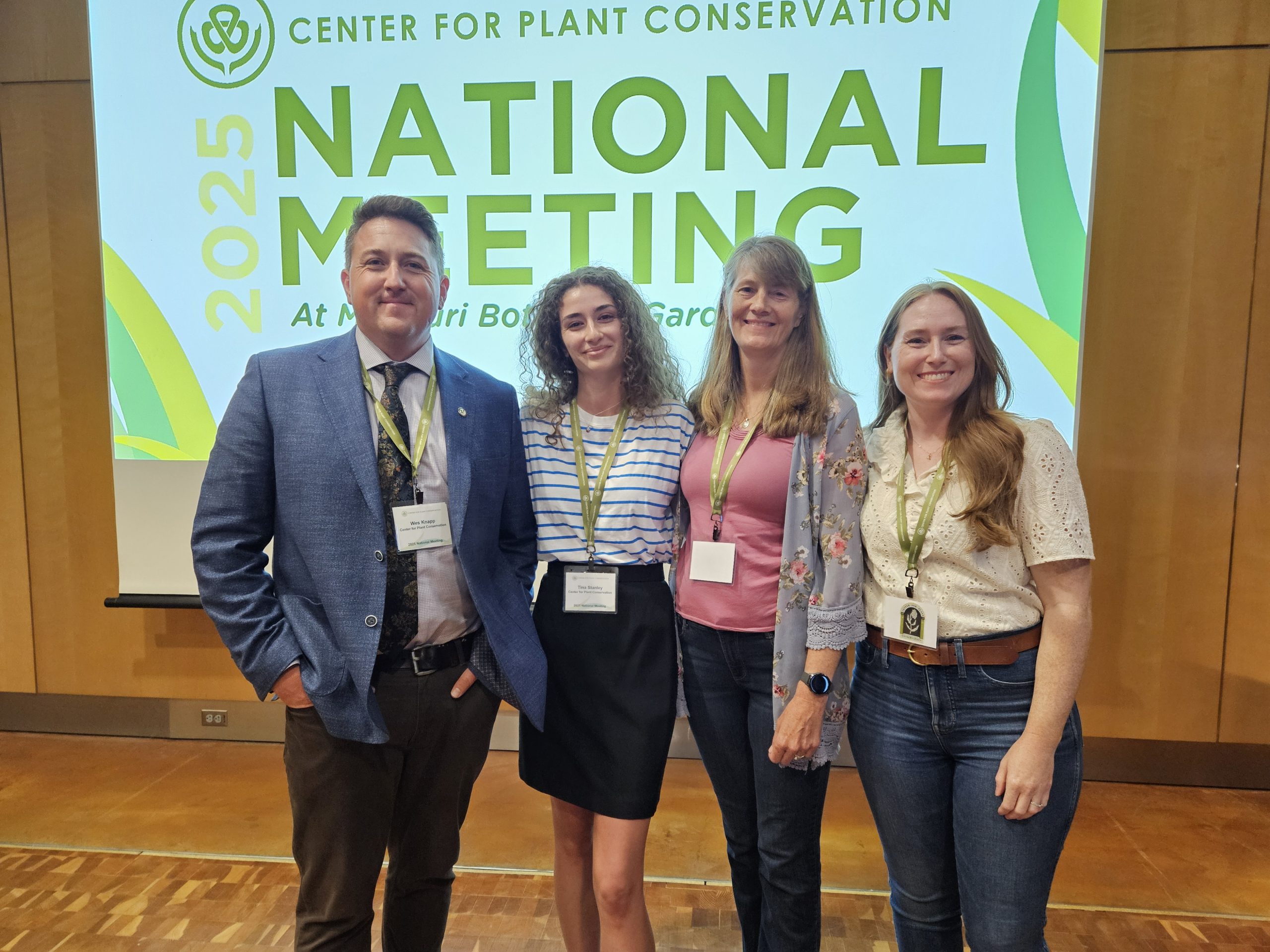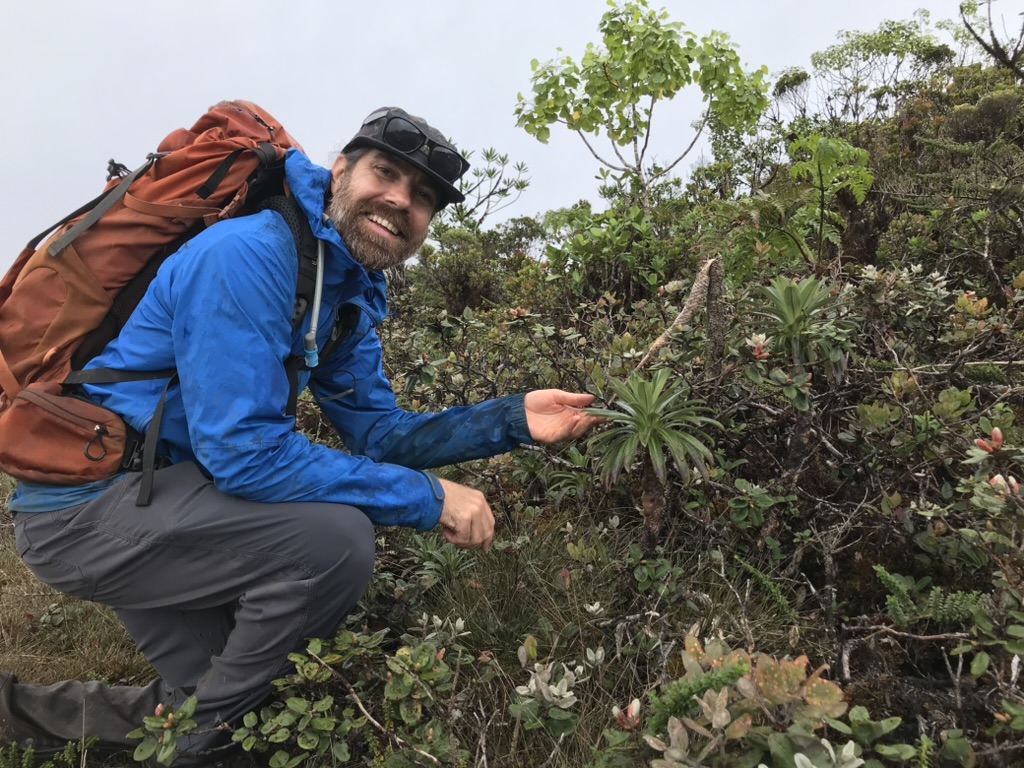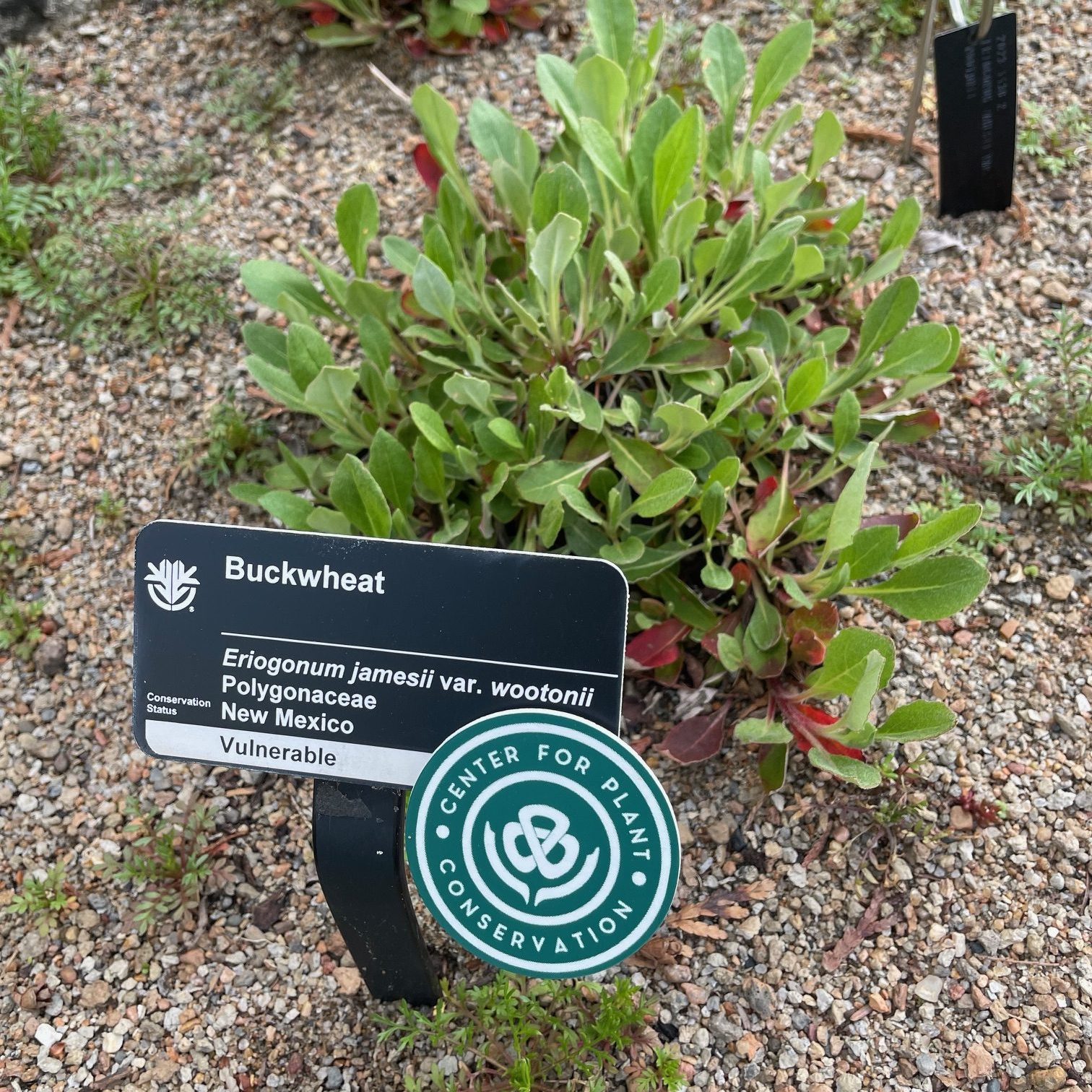Save Plants
CENTER FOR PLANT CONSERVATION
April 2021 Newsletter
As rare plant lovers, we associate many of our favorite plants with special places. These special places may be absolutely distinctive –unique in the world–or they may remind us of other sites we have known in another part of the world, across political boundaries. CPC has expanded our conservation partners working with rare plants across the northern and southern U.S. borders, as well as the research that influences conservation practices throughout the world. In this issue of Save Plants, we feature our first Canadian participating institution, Memorial University of Newfoundland Botanical Garden, and its invaluable work with recovery of rare endemic plants of Newfoundland and Labrador. We showcase the research benefits of working on species whose distributions span borders – as a way to see broad patterns of endangerment, as shown in the featured video by Wesley Knapp, or to account for the condition of a species across its entire range regardless of political boundary, as seen by the work of our Conservation Champion Sula Vanderplank. Adjusting the scale from local to regional and global allows us to gain broad perspective on the plight of rare plant groups, as shown by the Desert Botanical Garden Cactus and Succulent Plants Specialist Group, and to magnify our impact for conserving rare plants. In gratitude for all each of you do to help save rare plants, we wish you and your families continued good health, safety, and some good time to spend outdoors with plants this spring!
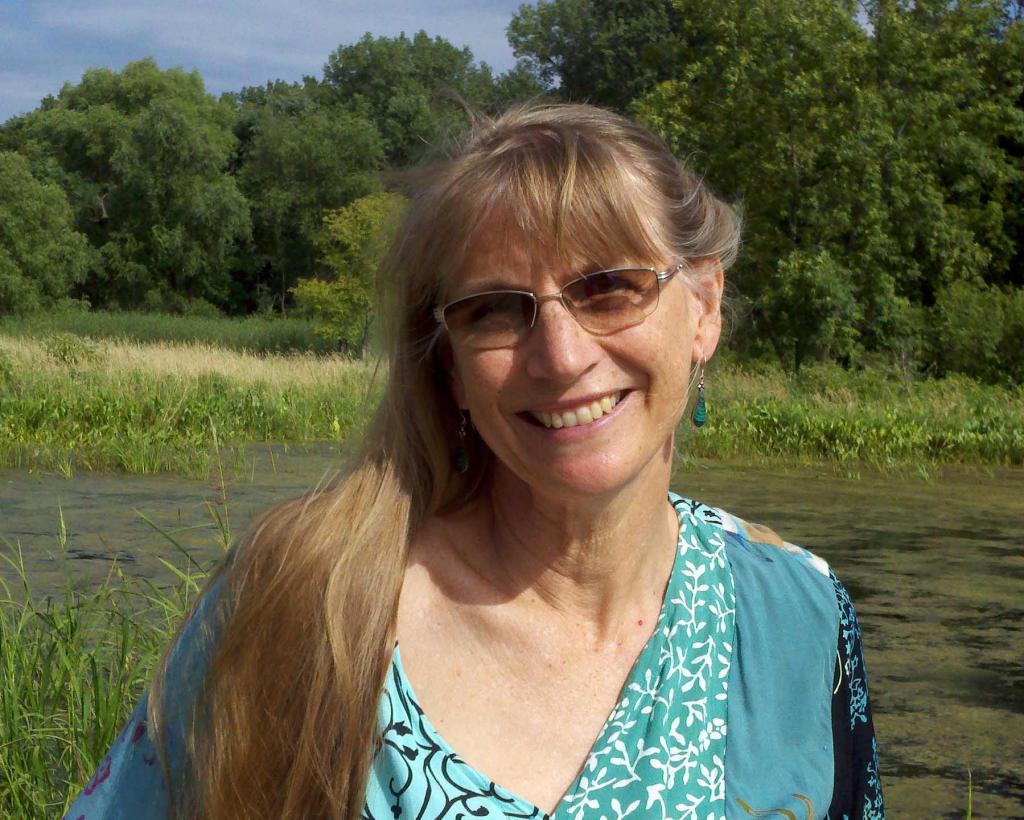
Joyce Maschinski
CPC President & CEOWelcome to CPC
The Center for Plant Conservation’s mission is to save plants. Its focus has long been on the plants and institutions in the U.S., although rare and threatened plants throughout North America need attention and care. Memorial University of Newfoundland Botanical Garden (MUNBG) strives to become the leading site for plant conservation research and education in the region of Newfoundland and Labrador. This goal and their established work towards the goal made the institution a strong candidate for addition to the CPC network. Voted in by the CPC board in February, we welcome MUNBG as the first Canadian participating institution.
For decades, MUNBG has played a crucial role in maintaining ex situ(field) populations of rare Newfoundland plants. The northeastern Canadian province is home to a special ecosystem –the limestone barrens of the Great Northern Peninsula. The region is only 1.7% of the province’s area, yet it is home to 35 provincially rare plant species. From these barrens, MUNBG has worked with the Limestone Barrens Species Risk Recovery Team to bank seed of three braya species and a prostrate willow: Long’s braya (Braya longii), Fernald’s braya (Braya fernaldii), low northern rockcress (Braya humilis), and Barren’s willow (Salix jejuna). All are either endemic or near-endemic, and all have endangered or threatened status designations from the Canadian government (COSEWIC). The ex-situ collections of MUNBG support recovery efforts for these species in the wild. The willow is an exceptional species, maintained as a living collection, while the garden collects and curates seed of each of the brayas.
At the request of the government, MUNBG plans to expand their ex situ populations of provincially rare and endangered species. Their team has already worked to secure some of the listed species, and even several under review. Taking on this role for their region demonstrates the garden’s commitment to the environment, one of their core values, as they work towards good stewardship and conservation.
MUNBG also values fostering a sense of place –specifically Newfoundland and Labrador–as well as acting in a sustainable manner, conducting experimentation to drive change, and making connections to engage, learn, and share. This last objective is part of what brought them to the CPC network. With CPC partners, they hope to find support in their efforts to expand their ex-situ programs to include all of the rare, threatened, and endangered species of their region, as well as expand their role as a source of information for those species.
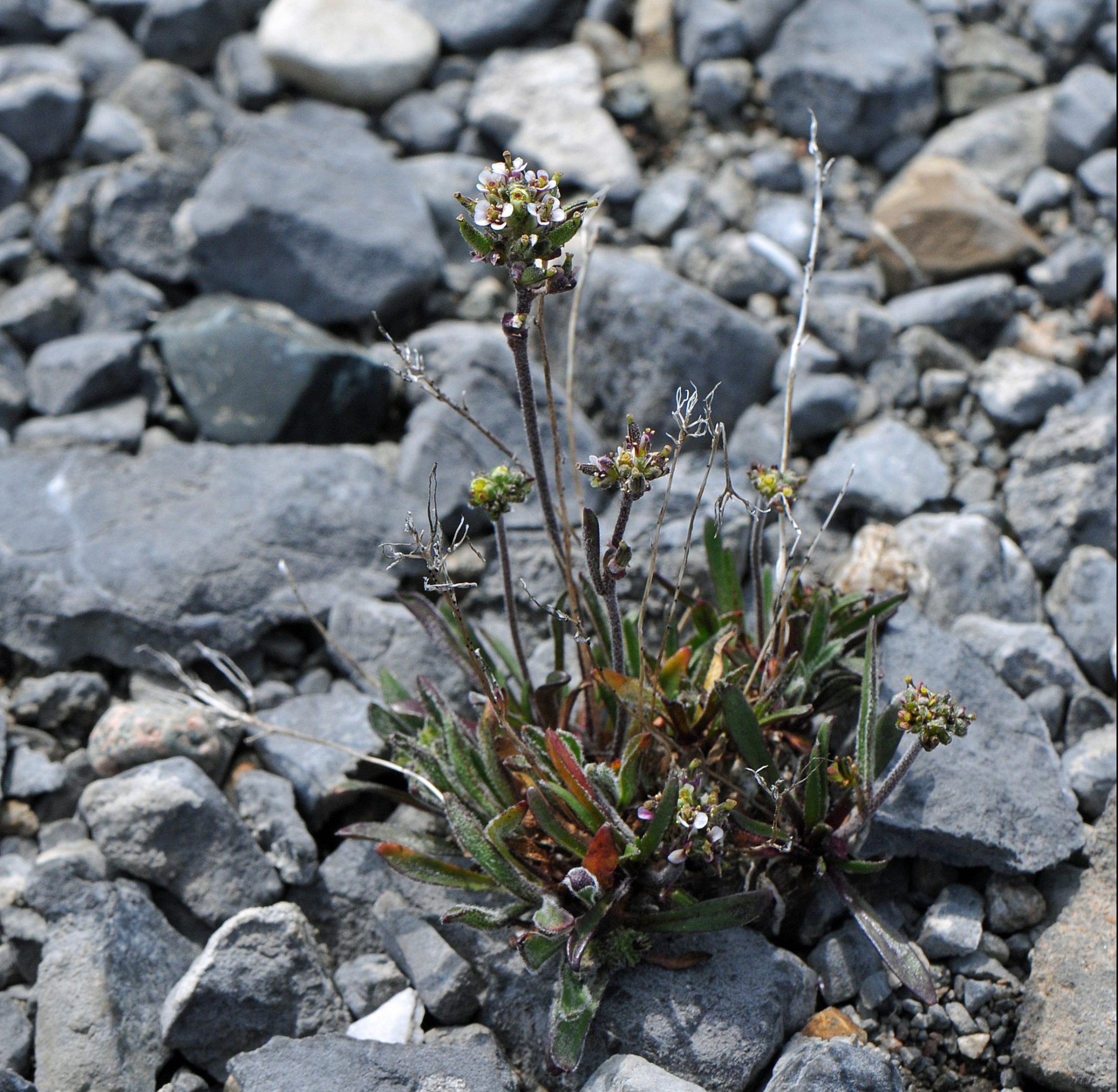
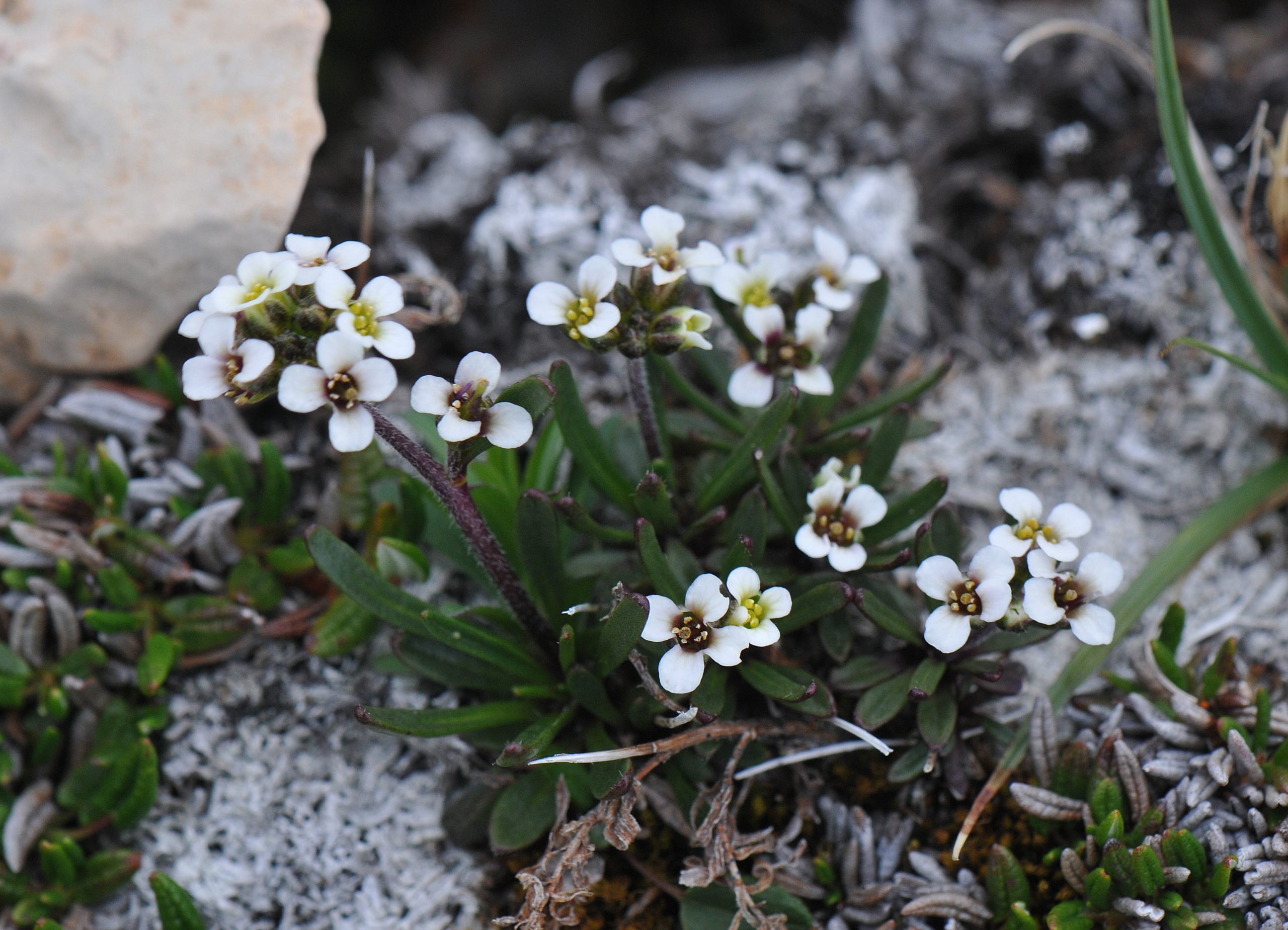
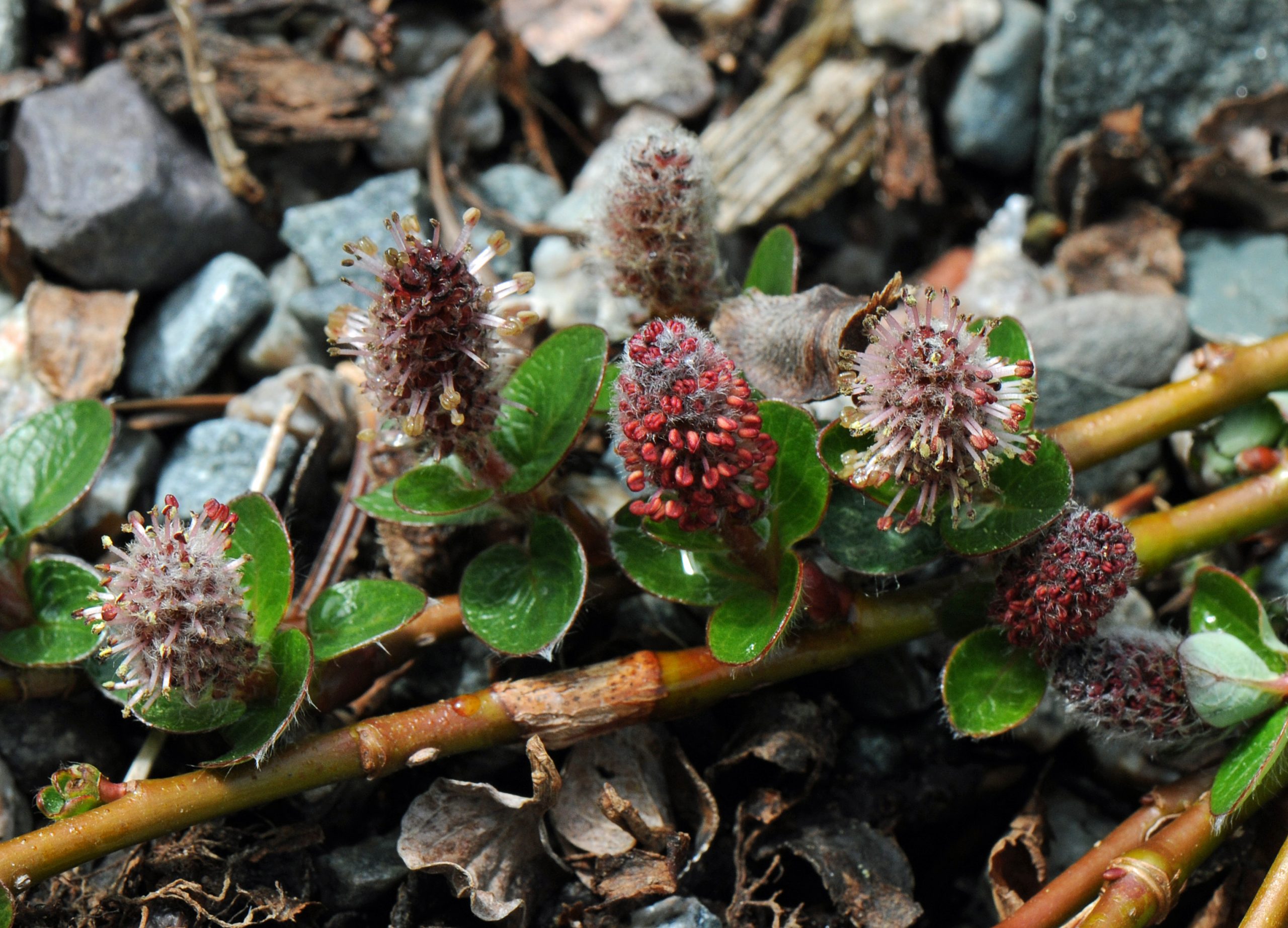
Memorial University Botanical Garden is looking forward to the connections they can make with other conservationists, who may never otherwise have had the opportunity to share ideas, knowledge and information –and CPC is excited to connect with a garden so dedicated to conservation.
Rockcress Recovery in the Not-so-barren Limestone Barrens
Embraced by the icy North Atlantic Ocean and scoured by high winds, the limestone barrens of Newfoundland’s Great Northern Peninsula can be a forbidding place. Weather is typically cold (23°F), foggy and raining in the middle of July. In fact, the barrens “can be a challenging place for fieldwork,” remarks Luise Hermanutz, PhD., retired professor at Memorial University of Newfoundland, In St. John’s, NL. This feels like an understatement (to say the least), yet the location does have its perks. Never far from a town, botanists laboring in the barrens find a welcome distraction in pods of killer whales swimming by. And, of course, working to conserve some of the rarest plants in the Canada is a reward in itself.
Lacking trees, the limestone barrens are a hotspot of floral diversity. Encroachment of the boreal forest would actually put this rare system at risk. The forest is kept at bay, in part, by repeated disturbance resulting from freeze-thaw dynamics and the icy wind. The limestone, a geographical remnant of tropical times and marine animal deposits, provides a unique substrate compared with the acidic boreal forest soils. Paired with the extreme weather, it breeds both endemism and rarity. The barrens are home to over 100 rare species ranked as critically imperiled (S1) or imperiled (S2) in the region. These include four species listed by Canada as endangered or threatened at the national level: Long’s northern rockcress (Braya longii), Fernald’s northern rockcress (Braya fernaldii), Barrens willow (Salix jejuna), and Griscom’s arnica (Arnica griscomii subsp. griscomii). The two Braya species have engaged much of the focus of Luise and her students, as both researchers and members of species recovery team assembled by the province.
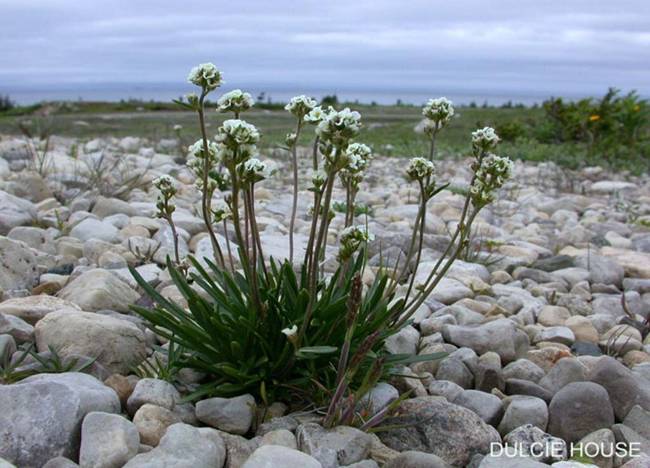
Initially described in the early 20th century, the two endemic species of rockcress were largely forgotten until rediscovered in the 1990s by botanist Sue Meades. Their presence in an area of frequent quarrying of gravel, and ATV activity, among other threats, led to quick recognition of the need to protect and recover the species. Looking very similar, both species are tiny–reaching a peak of three inches in the summer–with flowering stalks topped by clusters of four-petaled white flowers. These unassuming. plants are easy to miss in their gravelly habitat. Even the members of the recovery team understand the easy temptation to pull right into the habitat given it’s similarity to a drive-way. They patiently take the opportunity to educate the ATVers who approach them while they’re doing work to better avoid these special habitats.
Since that initial outing, the researchers and their partners have learned a great deal about the two species and made important steps towards their recovery. Luise’s studies have led to a better understanding of the region’s freeze-thaw dynamics. The upheaval and protrusions of needle ice are needed to prevent intrusion of the mat-forming woody plant species, but not so frequently that the rockcress themselves are uprooted. In this system, long roots–often five times the length of the above-ground plant and capable of actually contracting and pulling the plant back into the soil–give the rockcress an edge over its competitors.
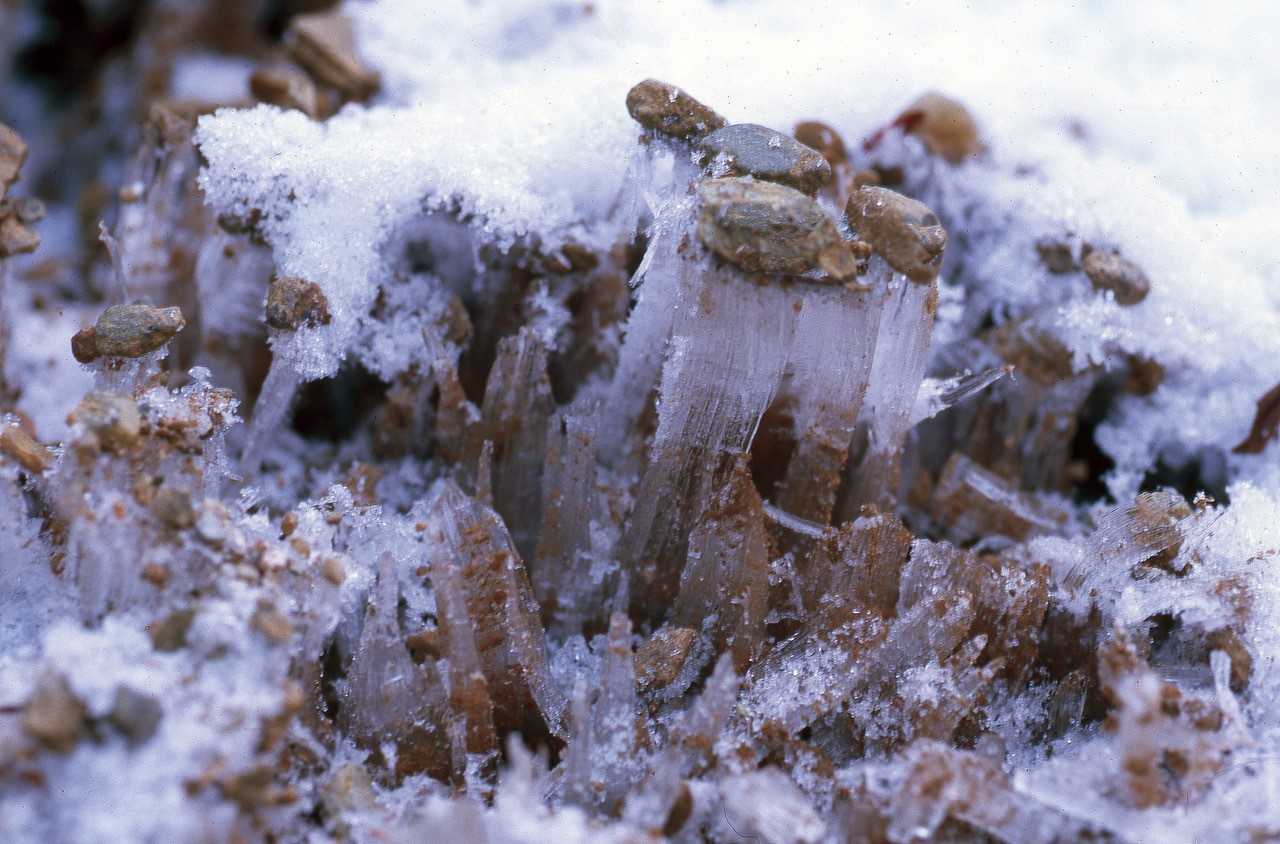
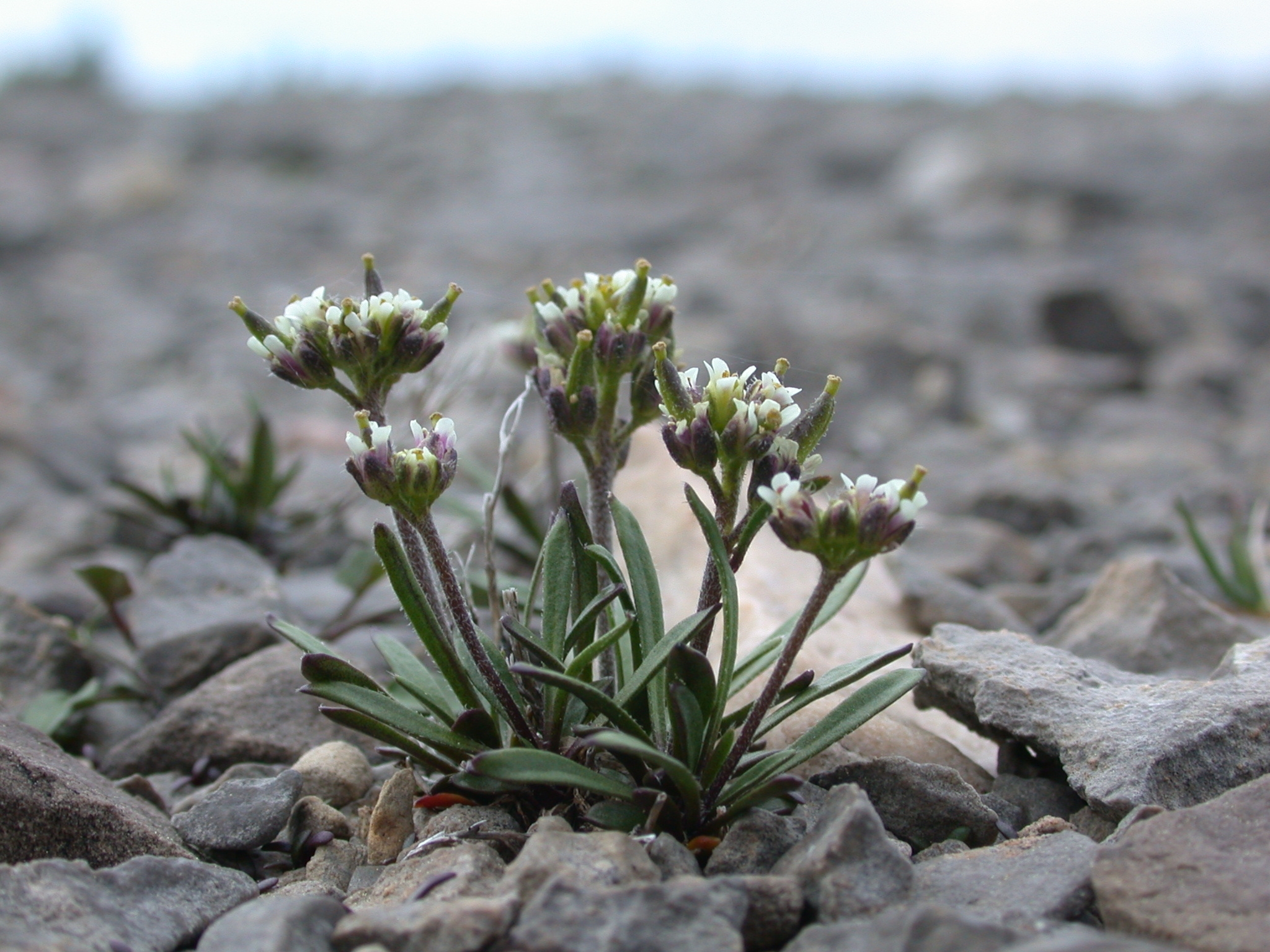
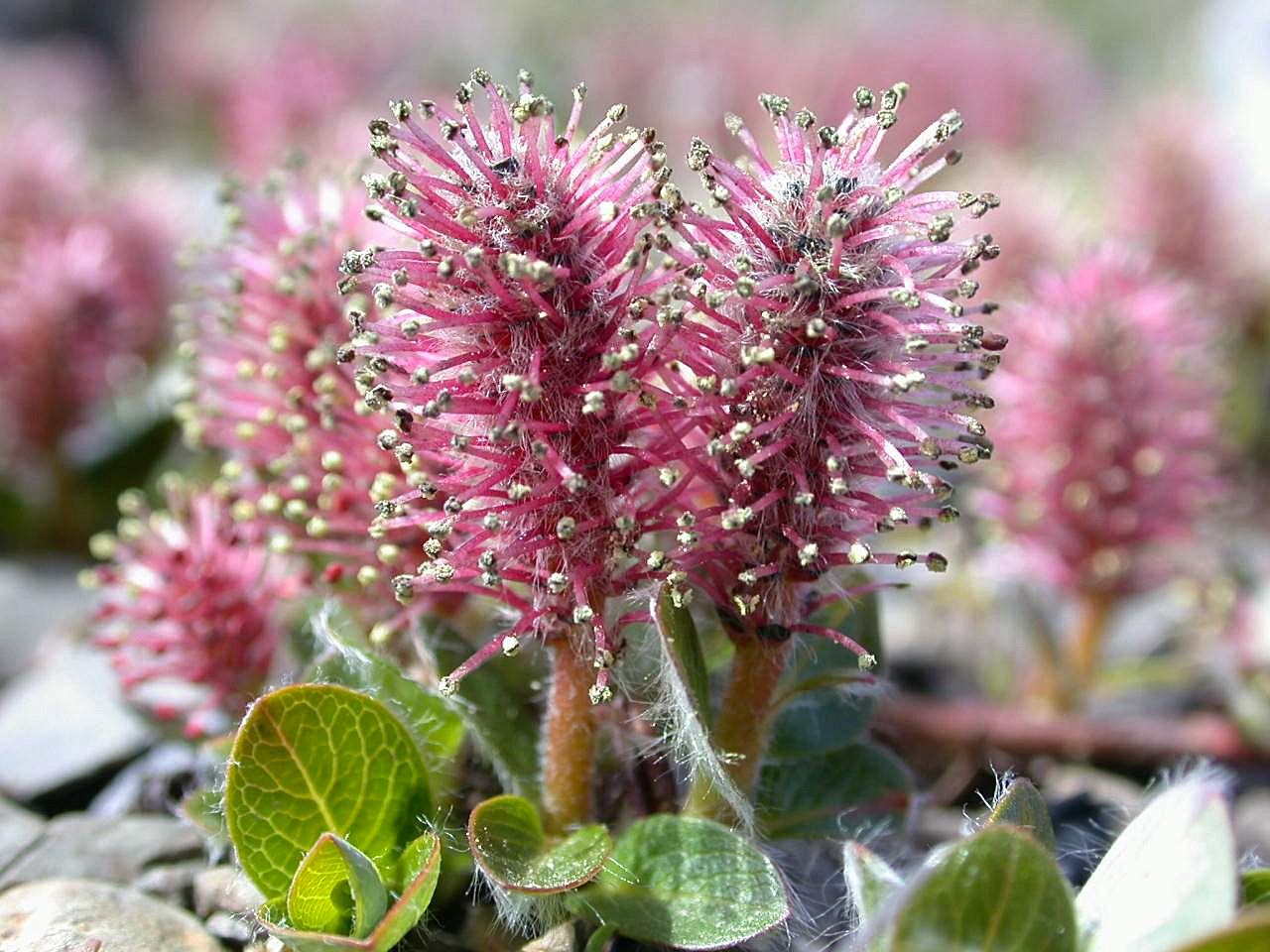
Given their adaptations to freeze-thaw soil disturbance, it may not be surprising that these rockcress species are capable of recolonizing areas disturbed by humans. However, Susan Squires, one of Luise’s PhD graduate students, discovered that recolonized populations have new challenges. The areas she surveyed were more densely populated by rockcress and contained bigger individuals, attracting invasive non-native pests such as the diamondback moth (Plutella xylostella), an agricultural pest, and a multitude of fungal pathogens. The recovery team is now working with plant pathologists to characterize the threat of pests and pathogens to populations of both species.
As a result, the seed collecting team from Memorial University of Newfoundland Botanical Garden (MUNBG) is making changes in how they target individual rockcress, using the lessons learned from the pathogen research to identify plants that aren’t infected to ensure a heathy seed stock. The MUNBG banks seed of both rockcress species, cuttings of the listed prostrate willow, and other collections of rare plants in the region, taking the lead on ex situ (off-site) conservation for listed rare species. These seed collections have already proven important for restoration work.
In 2016, Luise helped initiate an ambitious restoration project of the Long’s northern rockcress that is generating interesting results. Big machinery was required to remove large piles of overburden (topsoil removed during quarrying) to reshape the beach ridges to their former conformation. Next, tiny rockcress seeds were added systematically in plots, where they awaited a freeze-thaw push to reach the surface and germinate. A comparison of soil temperatures at the newly created habitat and natural habitat indicates that the soils are responding similarly to the weather and experiencing the same freeze-thaw dynamic. Approximately 12% of the added seeds have germinated–an encouraging result, at the high end of expectations for direct seeding efforts.
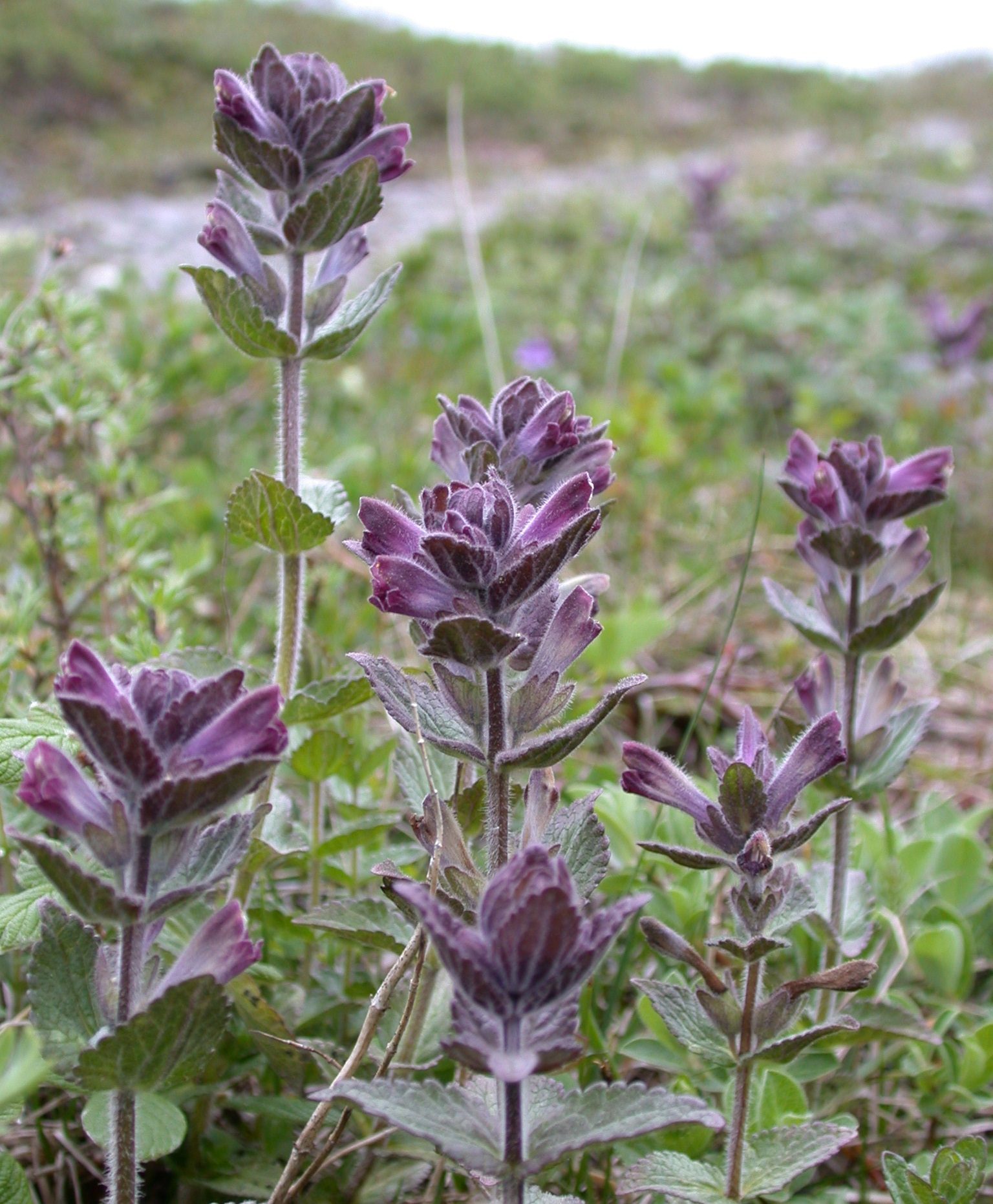
Luise and her team will continue to monitor the restored plants’ health and reproduction, often lying nose to the ground in harsh conditions to find emerging seedlings. Although it’s still early, hope is also emerging –hope that the conservation efforts for these two unique species will keep the rockcresses flourishing in their special habitat for generations to come.
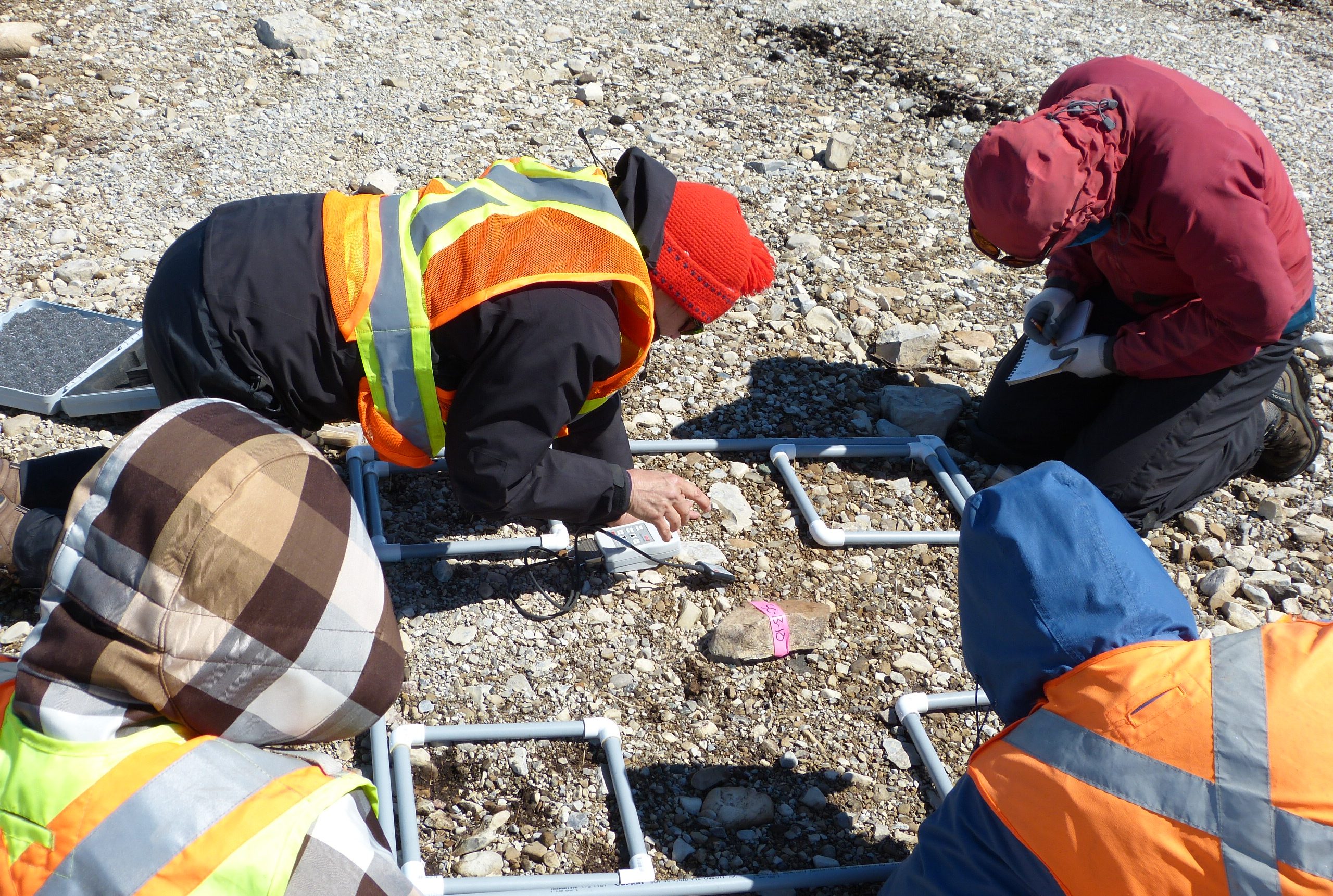
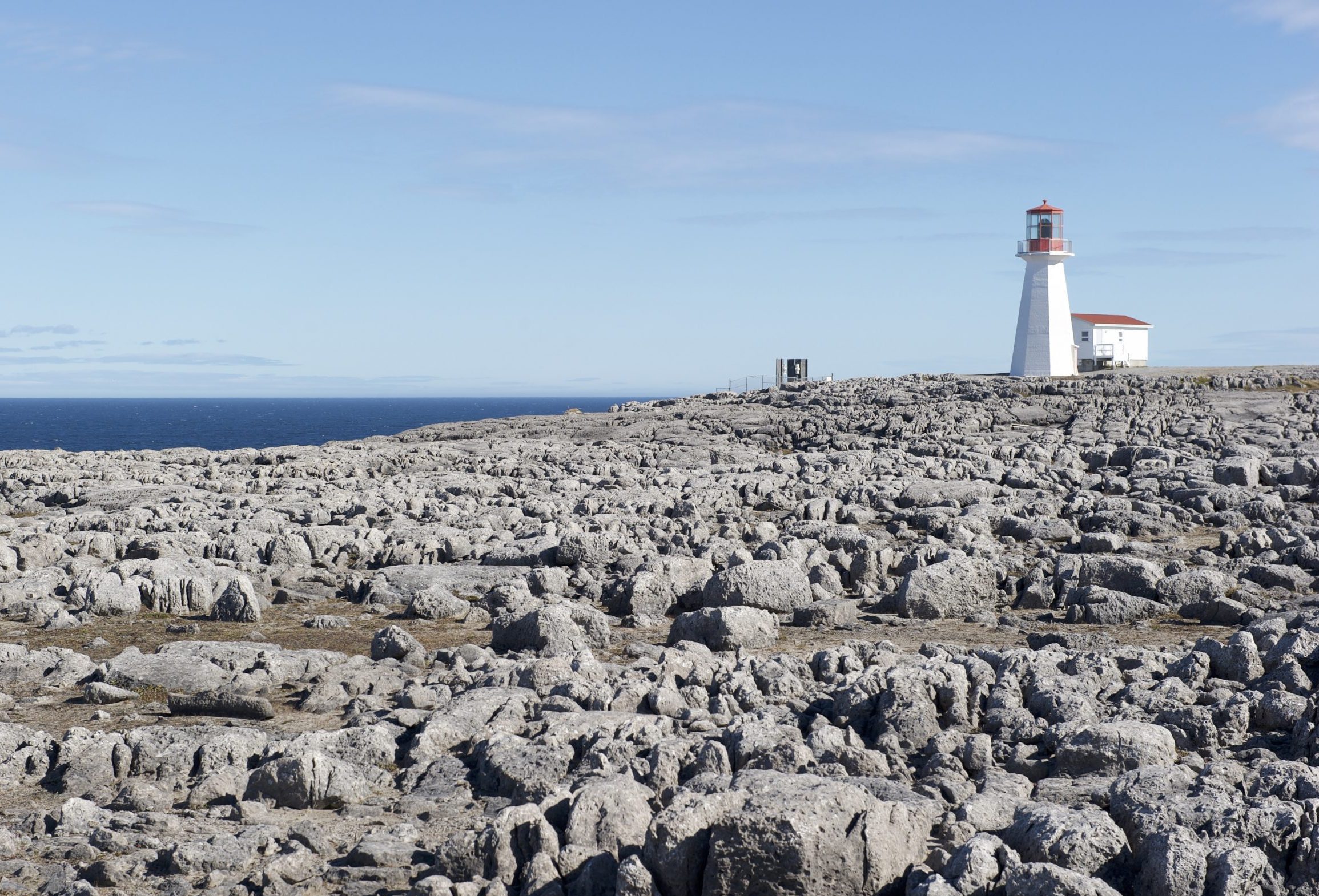
A Specialist Group’s Home
When Jael Wolf was hired by the Desert Botanical Garden (DBG) to serve as the Programme Officer for the IUCN Cactus and Succulent Plants Specialist Group (CSSG), she needed to tell people she was moving to Arizona –to the desert. And the response was often dismay: “Why? There’s nothing in the desert!” She found this statement to be borne of ignorance as the desert soon proved to be “the most beautiful thing ever.”Working against disregard of the desert, DBG has been enlightening people since 1939, as they strive to protect and preserve the natural beauty of desert plants and their habitats, and to educate and inspire visitors. Focused on desert plants of the world, and highlighting the Sonoran Desert it calls home, it is no surprise that DBG cares for many cacti and other succulents. Over 1400 different species, subspecies, and varieties of cactus have a place at the garden!
Desert Botanical Garden was approached by IUCN (International Union for Conservation of Nature) in mid-2015 with a proposal that DBG serve as the CSSG host institution.An MOU between DBG and IUCN was signed in October of that year. As kick off to the new partnership, DBG hosted a CSSG workshop that brought IUCN officers, DBG staff, and other experts together to identify priority goals to focus on. Included in these goals is creation of an authoritative list of cactus names, global assessment of risks to all species of agaves and yuccas, and more. It was a productive start to an important relationship.
DBG’s impressive cacti and succulent group collection is not the only reason that the garden was selected to be the host institution of the CSSG. Staff of DBG’s Research, Conservation, and Collections department collaborates with academic, research and conservation groups across seven countries and four continents. Their work leads to discovery of new plant species, conservation of threatened and endangered species, and identification of emerging threats –such as climate change–to existing species and the desert habitats they thrive in. DBG is dedicated to educating visitors on desert plants, sharing their beauty, and discussing threats to their survival. In serving as a U.S. Plant Rescue Center, they receive and care for cacti when poachers are caught trafficking them across the U.S. border. In short, the DBG and the CSSG share common goals to promote conservation of cactus and succulent plants across the globe.
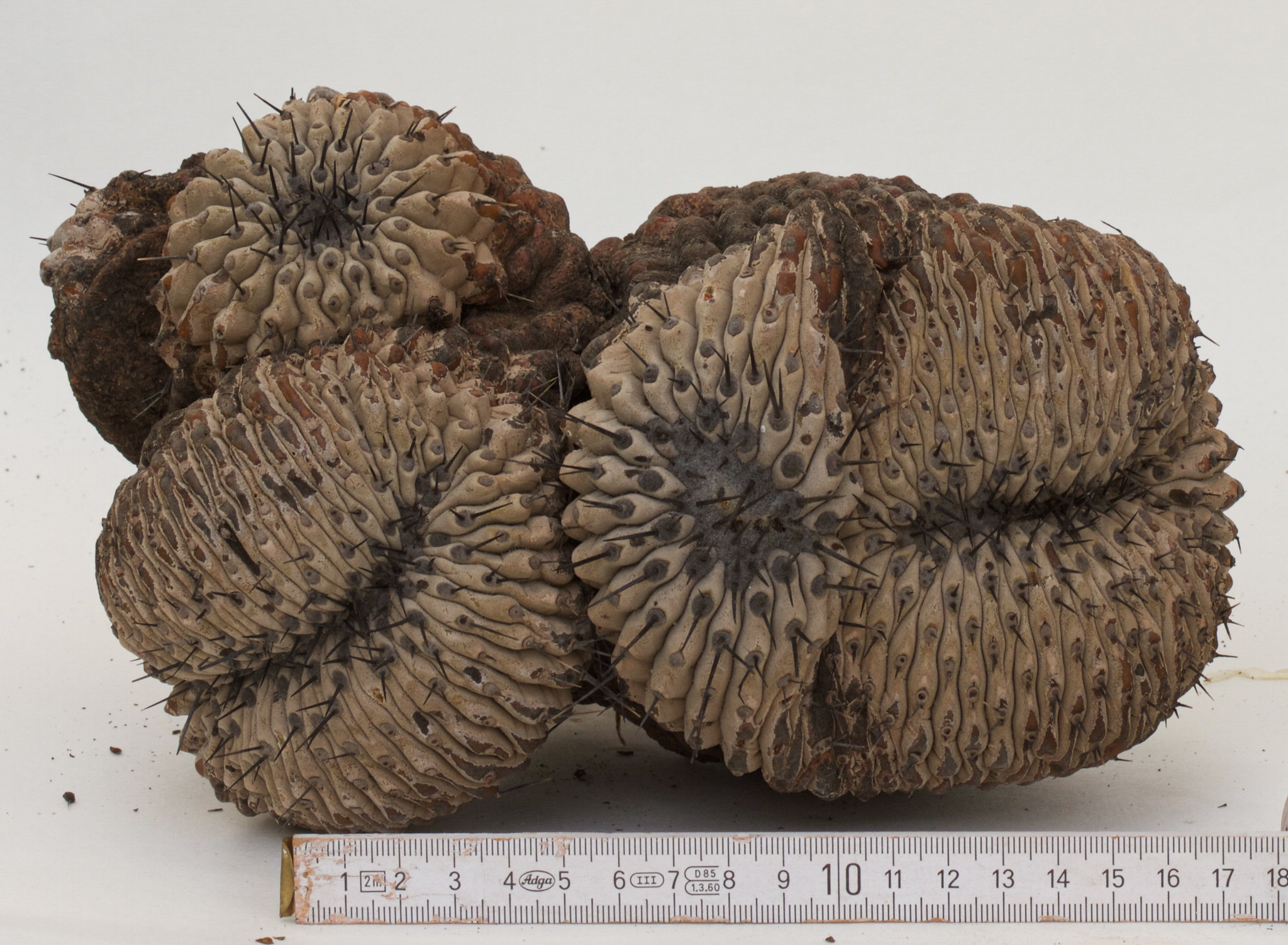
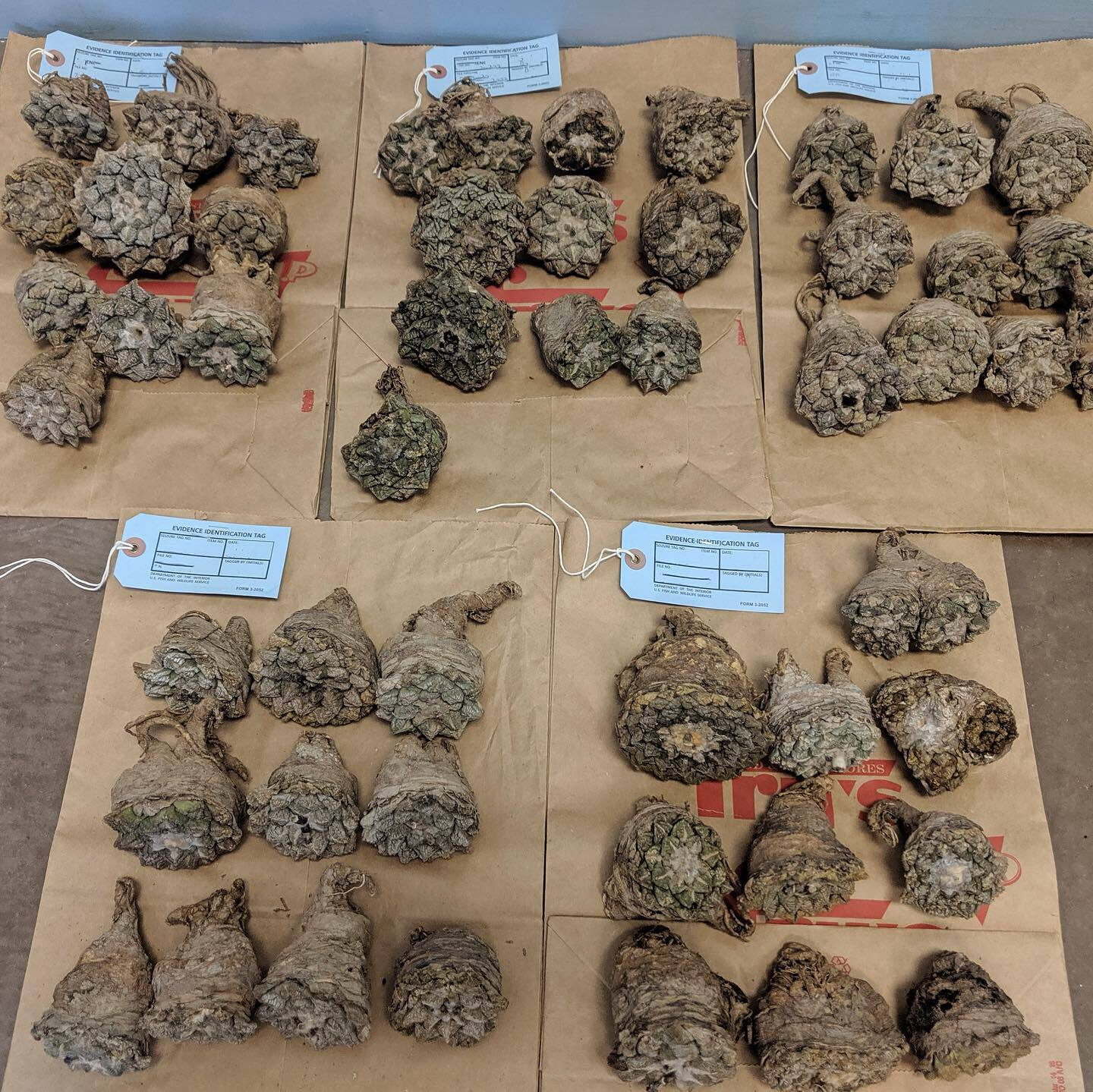
The DBG and CSSG also share a dedication to not just diversity of plants, but diversity of people. Focused efforts are ongoing to increase the size and diversity of the CSSG membership. In 2019, the CSSG recruited 20 new experts, increasing the number of members from 18 to 38. Importantly, these additions expanded the number of countries represented, bringing in members from Cuba, El Salvador, Madagascar, Venezuela and other locations home to species the group studies and protects. In the past, much of the taxonomical and ecological expertise was provided by scientists and members from North America and Mexico. Increased geographical diversity of CSSG members adds valuable and unique expertise of in-country scientists.
The SG has also increased female participation–26% of current members are now women–and recruited younger members to start building the institutional knowledge base of the specialist group’s work across generations. In addition, members with different types of expertise were sought, adding knowledge of certain taxa (such as agave), policy, and invasive species. In expanding the membership, the CSSG expands its knowledge.
The specialist group has made progress on many other fronts. One of the major goals and undertakings has been an assessment of the risks facing the cactus family (Cactaceae) as part of the Global Cactus Assessment. Completed in late 2015, the effort revealed the cactus family to be the IUCN Red List’s fifth most threatened group of living things on the planet. Of the 1,478 cactus species assessed, 31% were classified as threatened. These sobering results highlight the importance of assessments to increase understanding of existing issues and spur action. To increase the SG’s capacity to conduct Red List assessments, six CSSG members–including Jael, who helps coordinate the experts–have recently been trained in the IUCN Red List assessment process.
Red List assessments are conducted within a rigorous framework that provides credibility. Red List data can support efforts to include species protection in legislation. The SG works to improve legislation to protect threatened succulent as well as cactus species, by strengthening trade controls. Although wildlife trafficking is a major threat to many of these species, plant trafficking isn’t always given attention. Education–of colleagues, the public, industry, policymakers, and others on the importance and value of succulents, and on how we should conserve and use such species sustainably–is a vital CSSG goal. Social media is one of the key tools used to address this need, and CSSG has also endorsed relevant events and workshops.
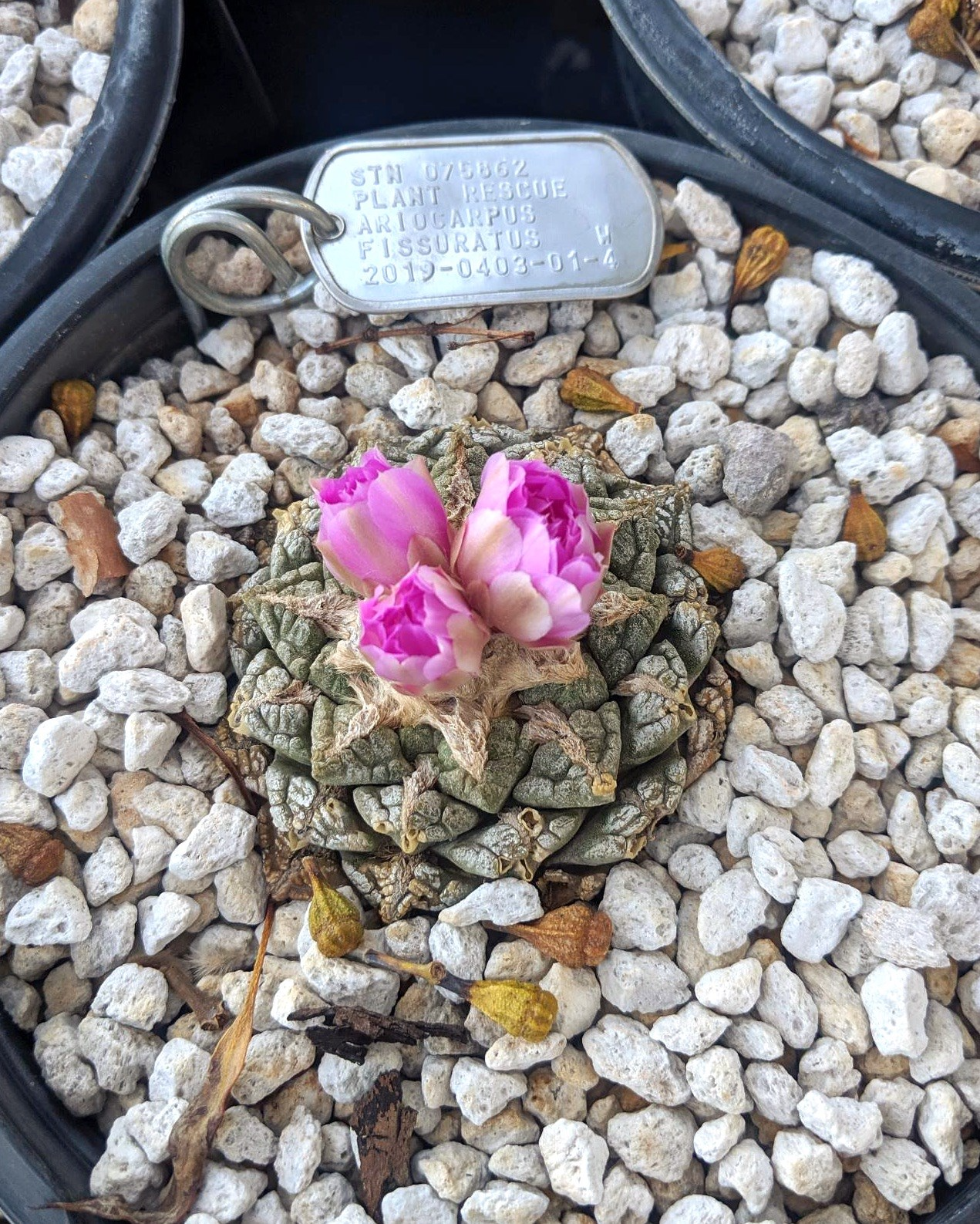
Awareness and appreciation are key. Not only are deserts not empty, but the plants that grow there are quite special. For Jael, her time in the desert has enabled her to appreciate not just the beauty of cacti, but the fact that their low density makes each individual plant highly valuable to its ecosystem. She shares the wonder of cacti and succulents on the CSSG’s social media page, often drawing on the impressive collection of the group’s home institution –another beautiful way that the Desert Botanical Garden is serving CSSG.
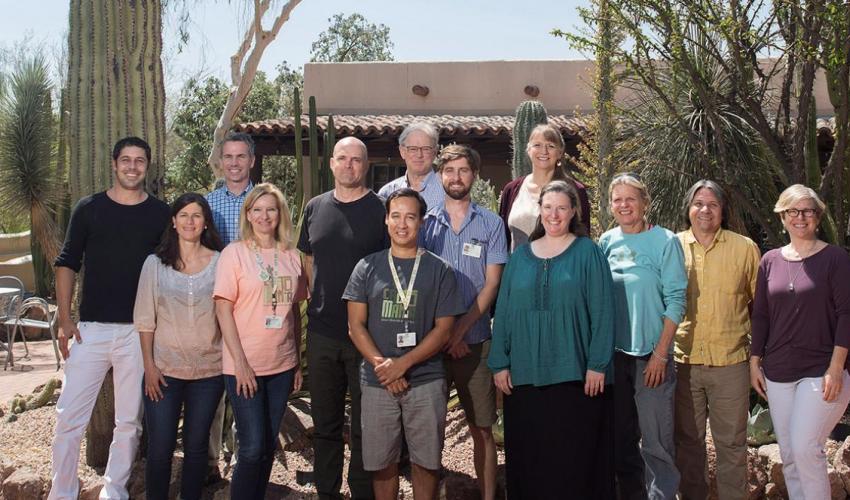
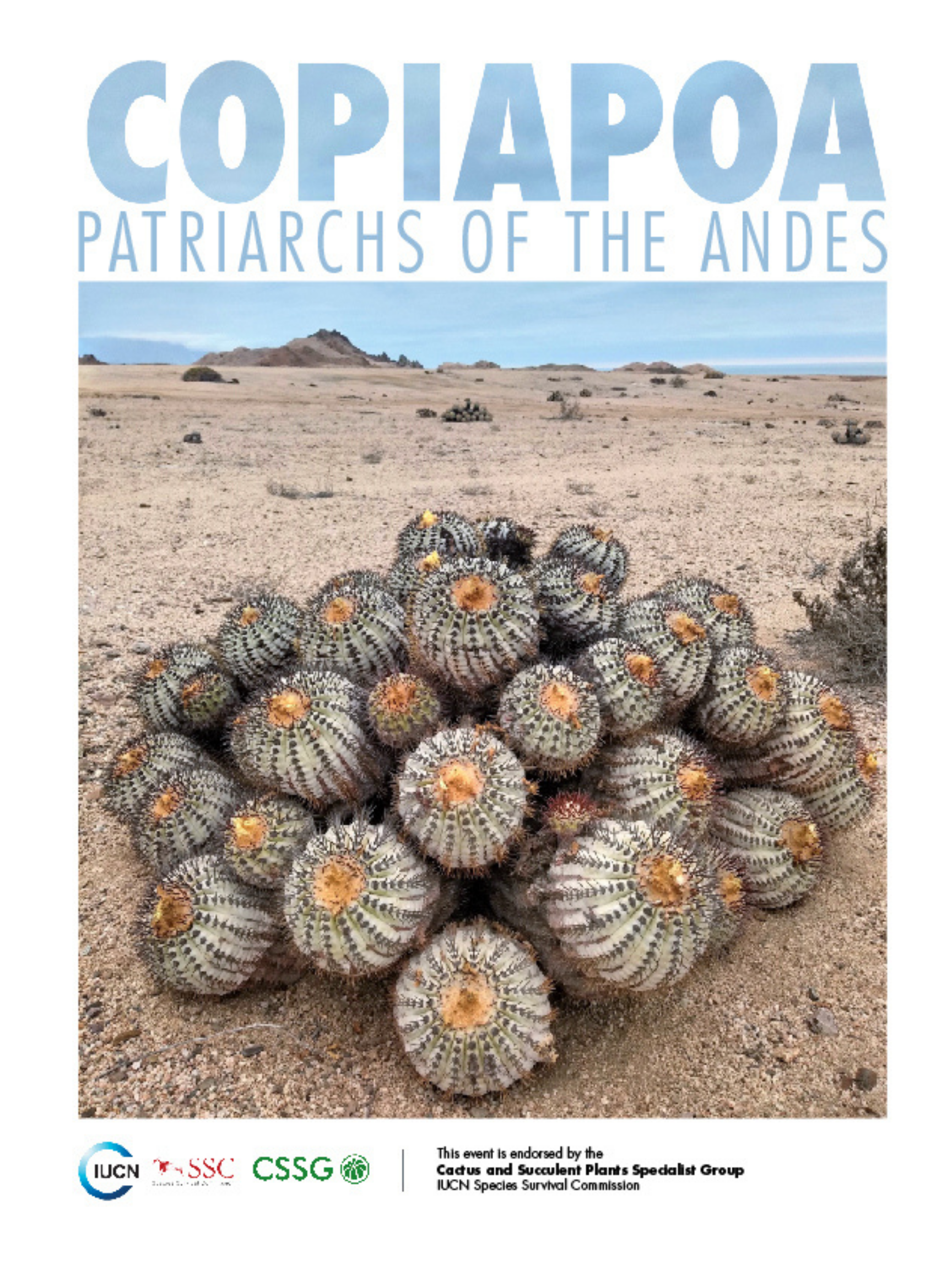
Copiapoa Cacti
One focus of the Cactus and Succulent Plants Specialist Group has been Copiapoa, a genus of cacti found in dry coastal deserts–most notably, the Altacama Desert of Northern Chile, home to 22 endemic Copiopoa. Ambitiously, the group is working on its first conservation action plan for a complete genus of cacti. Initial plans for a 3-day workshop inChile have undergone a pandemic update, and the event is now set to take place virtually. The workshop will focus on understanding the current conservation status of the genus, threats faced, and conservation needs, so that the group can create their 10-year conservation action plan. The Copiapoa were also the subject of an important outreach event in Italy in 2020–a photographic exhibition at La Festa del Cactus, a major commercial event specializing in succulents. The exhibit, “Copiapoa: Patriarchs of the Andes,”targeted thousands of succulent enthusiasts visiting the event from all over Europe, to raise awareness on how their consumer behavior can fuel illegal poaching and smuggling markets, which are driving many of the species in this genus to extinction. Andrea Cattabriga, a specialist group member in the nursery industry, organized the event. The beautiful photos were chosen to demonstrate the importance of the cacti to their desert ecosystem –their home.
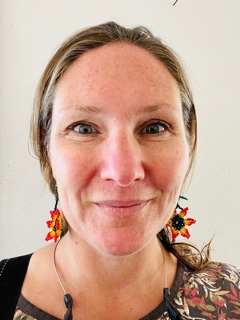
Conservation Champion
Sula Vanderplank
Director of the Terrestrial Ecosystem Conservation Program, Pronatura Noroeste
When did you first fall in love with plants?
I think I fell in love with plants as a child….I grew up on a nursery surrounded by plants every day and they were an important part of a happy life. I have very fond memories of pollinating flowers with a paintbrush. That said, I think I fell in love with plants all over again when I joined Rancho Santa Ana Botanic Garden (now California Botanic Garden) back in 2004, and began a floristic study for the first time. The more you learn,the more there is to love about the incredible diversity of plants and all the ways they cope with adversity and change.
What was your path to becoming a conservation botanist?
Having grown up in horticulture, I was intrigued by botany and science. I started out in the lab, looking at the phylogeny of Passion flowers and then medicinal plant genetics. It wasn’t until I got a job in the herbarium at the University of Mississippi that I started to figure out what I wanted to do. I’d always been passionate about the natural world, but it wasn’t until I saw the kind of biogeographical and macroecological data you could derive from diligent data collection (e.g., from herbarium specimens) that I realized I wanted to be part of that process. I wanted to learn which plants were rare and why, what determined their distributions and what threatened them, and how people could help. Fast forward to finishing my Ph.D. and being able to work as a Biodiversity Explorer, searching for rare plants and working to better document the California Floristic Province in Baja California. Since then I’ve been pretty focused on conservation biology and the bigger picture, looking to link plant conservation to anything and everything, to work across disciplines and synthetically–to remind ourselves that plants are part of pretty much everything, and that in some way they touch all of our lives.
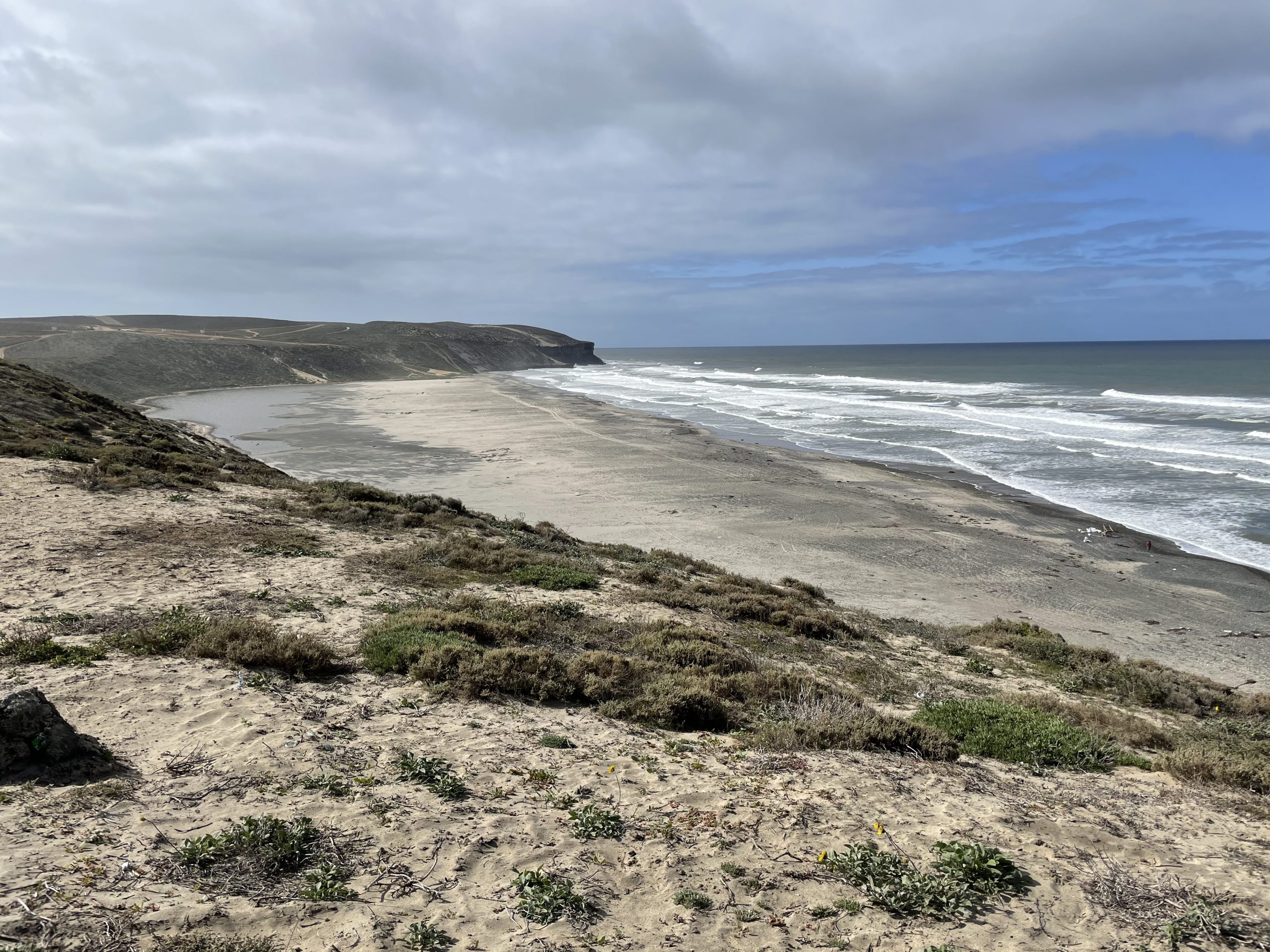
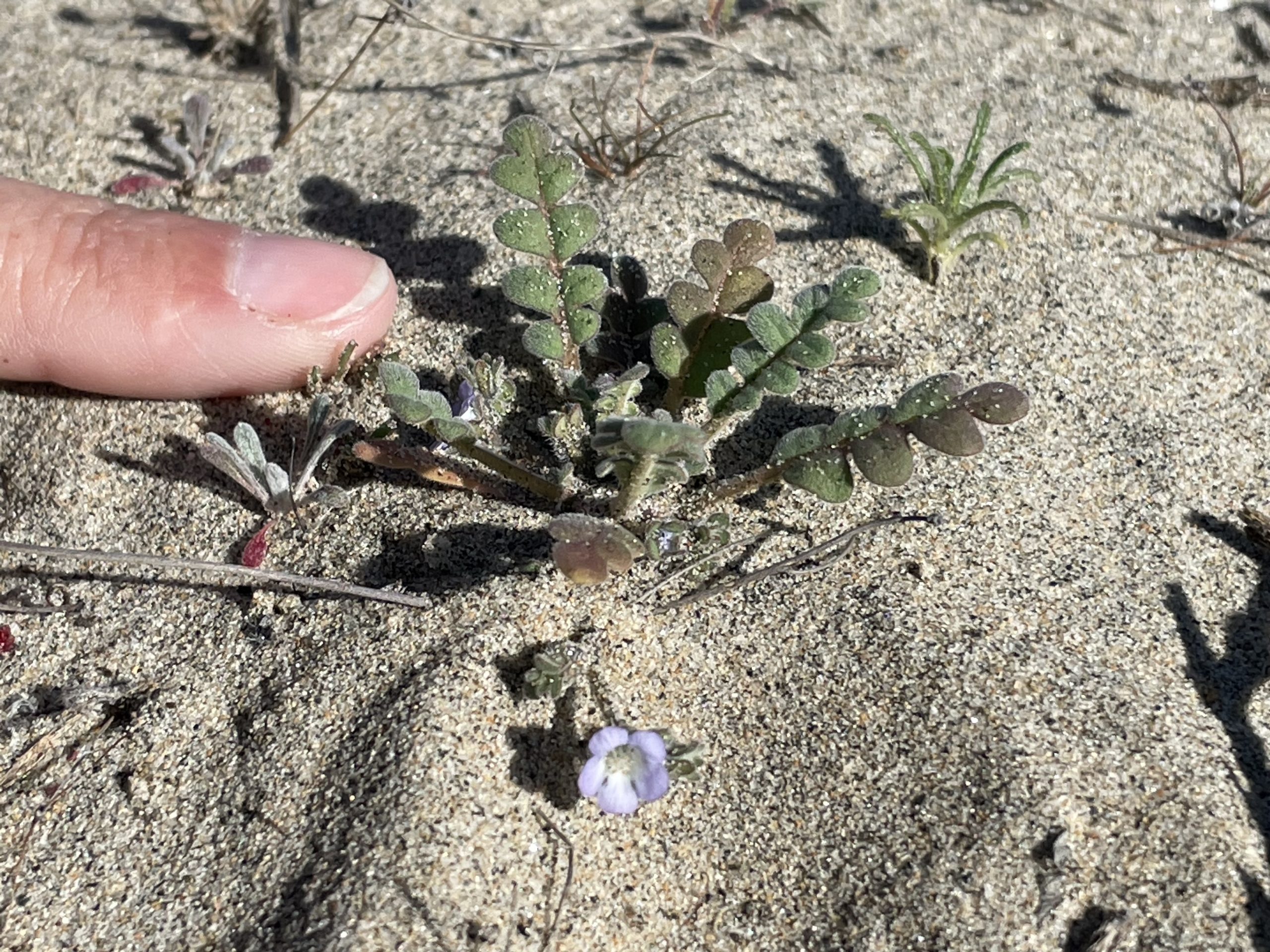
Please share a conservation success story in which you take great pride.
Right now we are working to conserve some of the rarest plants of the Baja California peninsula, including around 60 taxa that are rare on both sides of the U.S./Mexico border. This project gives me pride because it hits on so many of the things that are important to me, even beyond the plants themselves. Our work spans an unnatural border. As an immigrant, recognizing that political lines are not natural lines is important to me. It’s interesting to see how different political regimes affect the conservation status of our rare plants. Sometimes there is a lot more habitat south of the border, and sometimes there’s a lot more data north of the border, but they are the same rare plants in the same microhabitats. This project also builds capacity in Mexico. It abandons colonial approaches of the past, and instead works to collect seed for the National Mexican Seedbank (UNAM-FESI) and build a rare-plant database for the first time, serving the whole peninsula of Baja California. In just 18 months, we have successfully collected data about almost all the plants on our cross-border rare list, and we continue to make strong strides towards better understanding the conservation needs of these species.
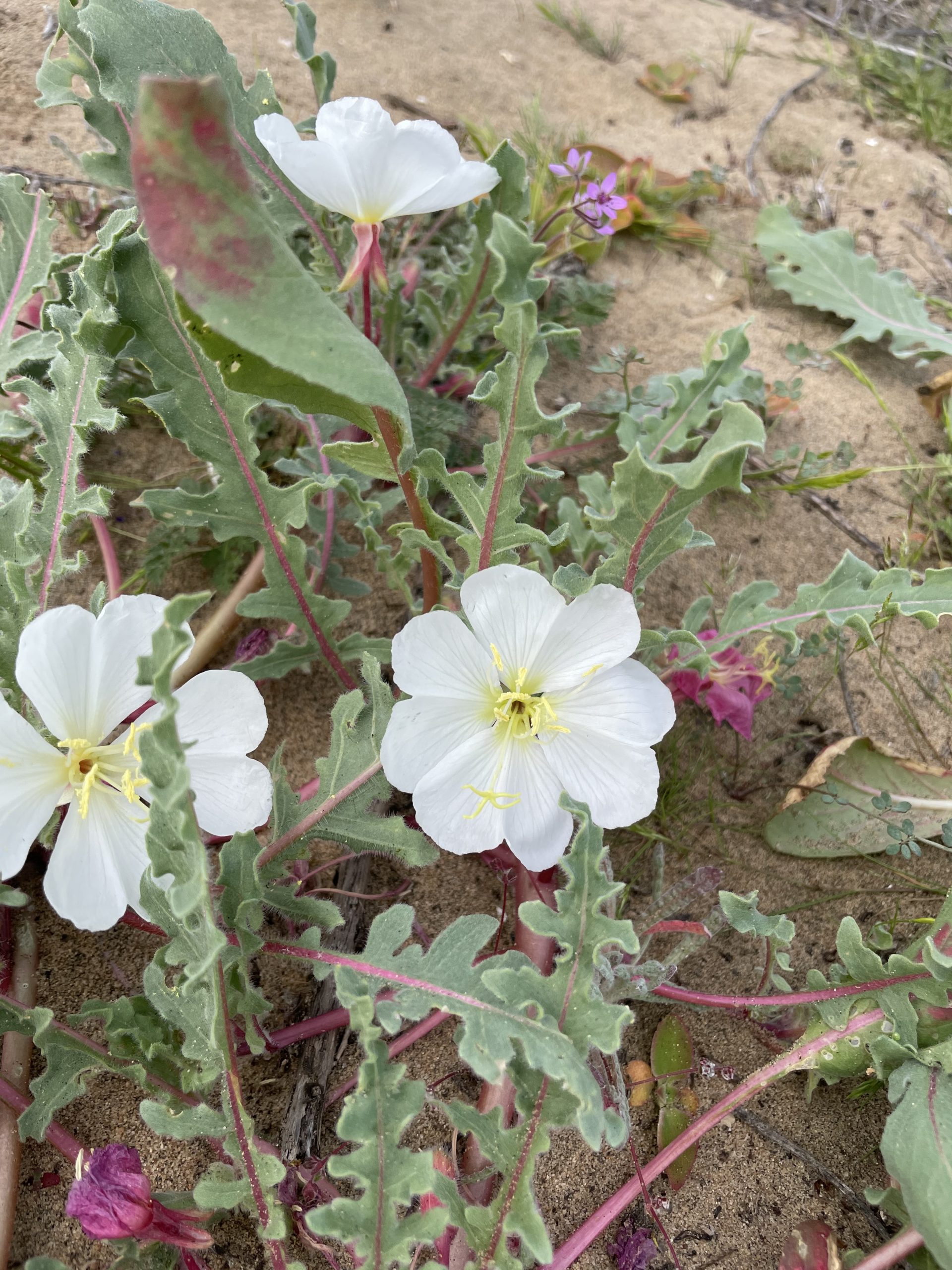
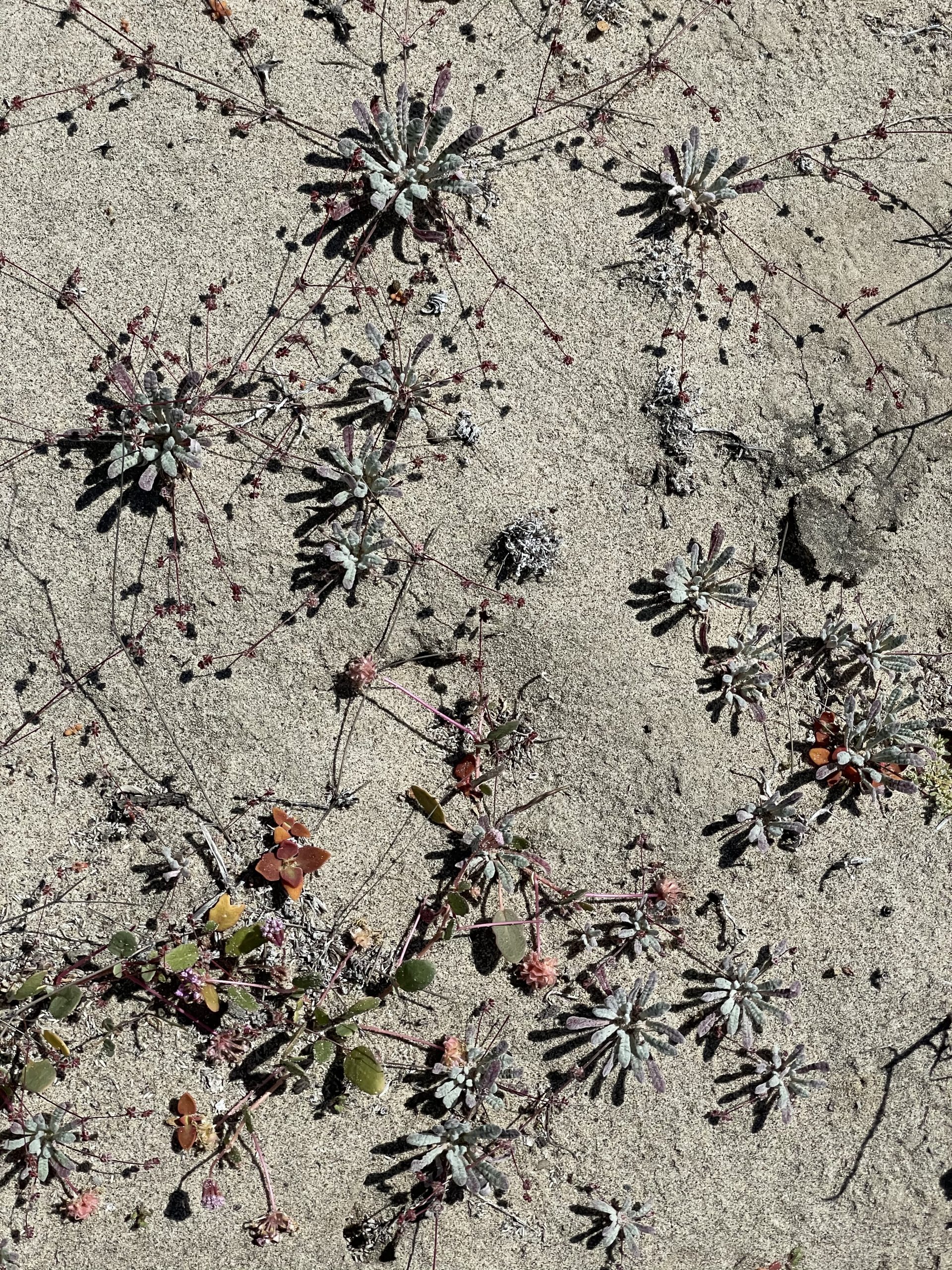
What about working with plants has surprised you?
I think I am endlessly surprised by any number of amazing facts about the natural world. I never cease to be surprised by the plants around me. But perhaps the biggest lesson has been just how much everyone has some connection to plants–whether it’s a crop plant that we love to eat, a beautiful plant used to decorate a home, a sense of place that comes from the smell of a certain plant, or just a favorite plant that we love to find while walking in nature. I also think there are great lessons from plants, inspiration and motivation too. I saw a pine tree growing out of bare rock once and it made me think,“If a tree can do that, I can do this.”
What excites you about the conservation work along the border or in BajaCalifornia?
I think one of the most exciting things about working with rare plants in Baja California is that there is still so much more to be done that you can have a significant positive impact on our knowledge of these species. There is a lot of discovery in my work, and that’s thrilling, but also knowing that you are laying the building blocks for the future of these special plants and places is really rewarding and energizing. There is certainly plenty of work to do, so I welcome anyone from the CPC community to work with us to conserve the rare and endemic flora of Baja California.
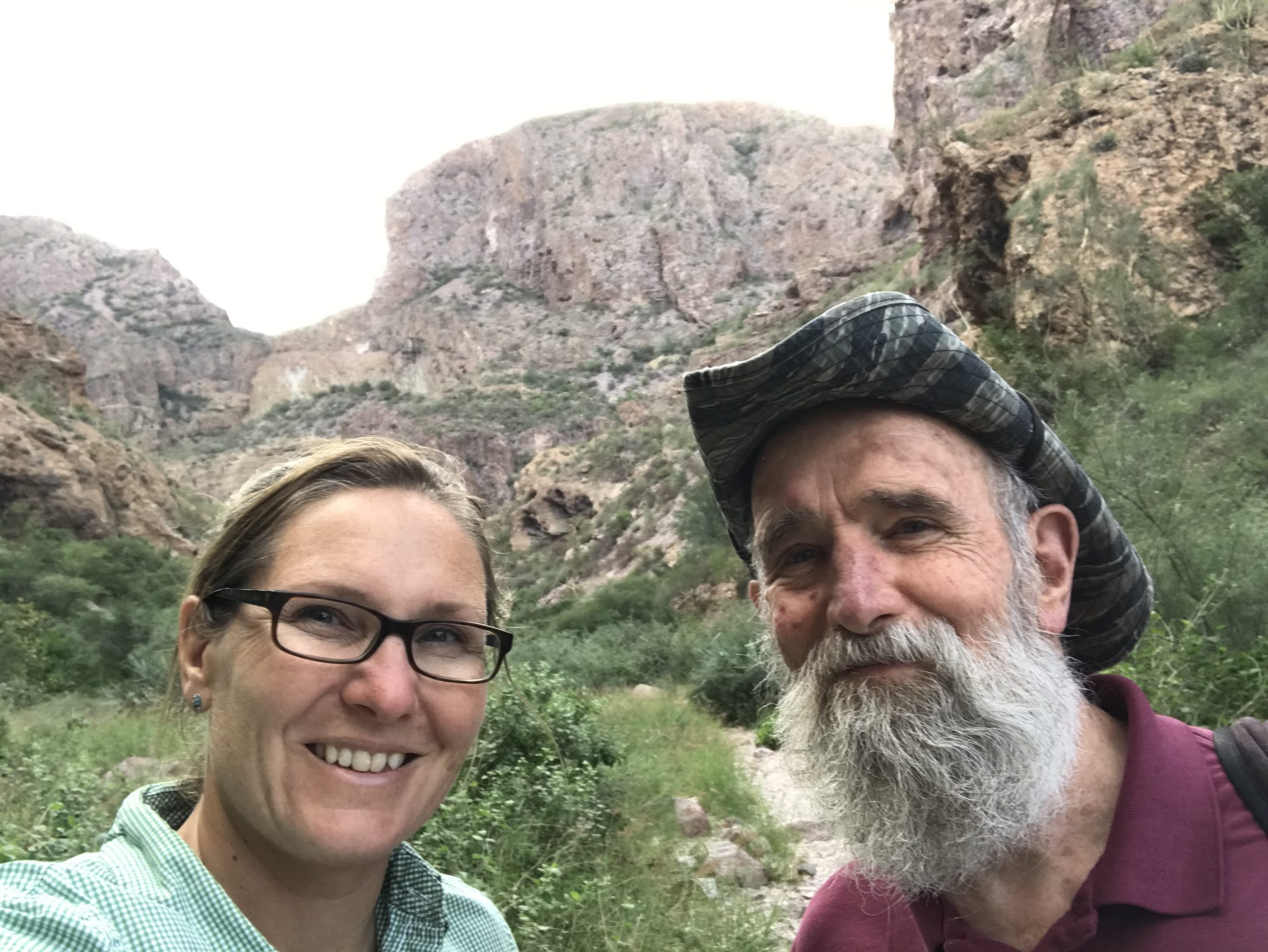
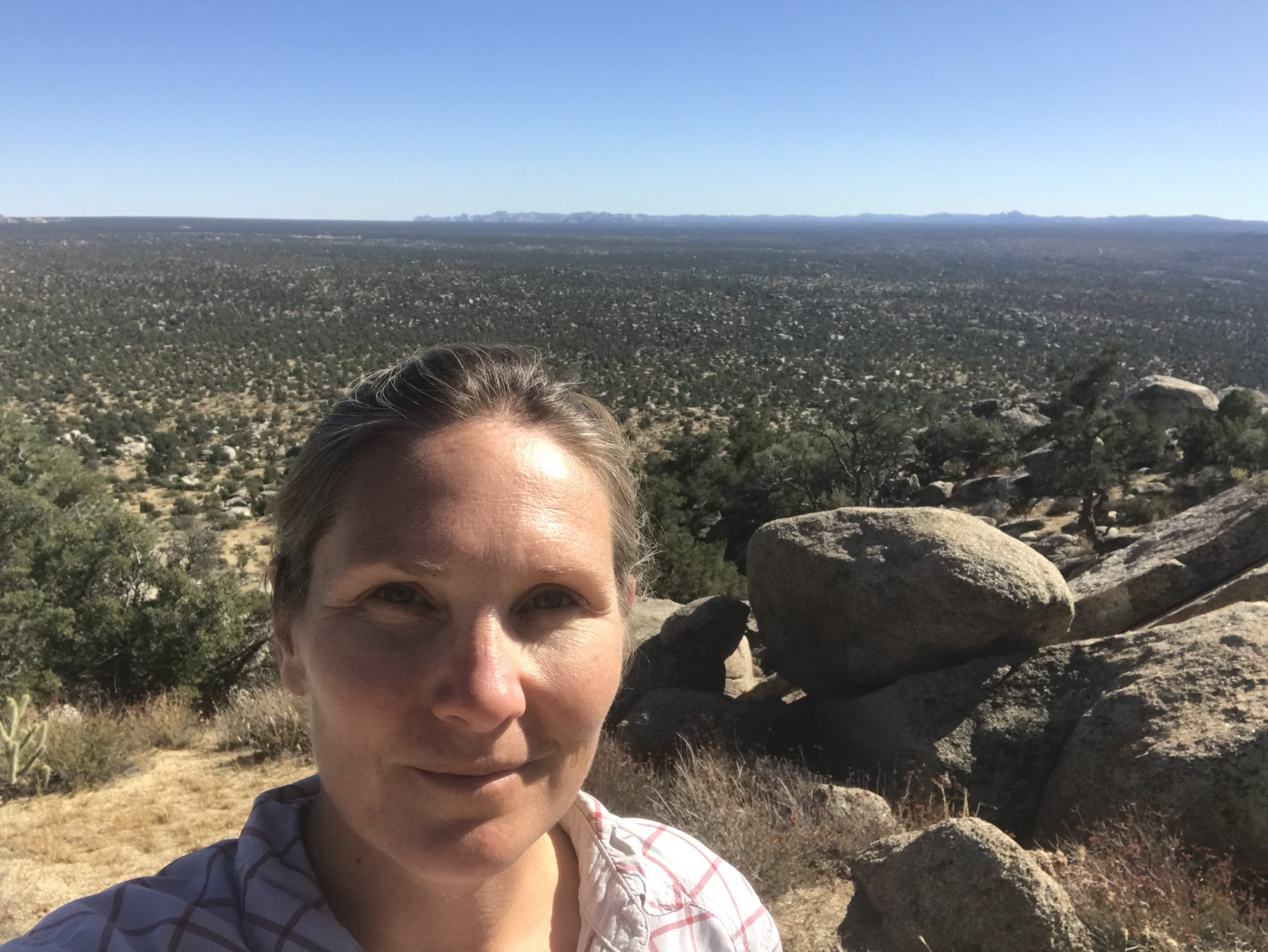
As Seen on Rare Plant Academy
The human world is full of borders –borders between countries, states, land-managing entities, and more. The natural world does not abide by political borders, but can be impacted by them. Networks, such as the CPC, BGCI, and NatureServe, help conservation work and data cross borders. For example, at last year’s National Meeting, Wesley Knapp shared an assessment of plant extinctions in the U.S. and Canada. By bringing together data from all states and provinces, Wesley and his colleagues were able to piece together a more comprehensive picture of extinctions and note patterns. For example, the study revealed that 64% of the extinctions were single-site endemics -recorded at only one site in the world!
Get Updates
Get the latest news and conservation highlights from the CPC network by signing up for our newsletters.
Sign Up Today!Employment Opportunities
To apply, visit chicagobotanic.org/jobs. In addition to the Chicago Botanic Garden application materials, please submit:
- a cover letter that includes a statement of why you are interested in this position, outlines relevant experience, and describes how it will further your career goals,
- a diversity statement,
- a C.V., and
- contact information for three references (can be included at end of C.V.).
Contact Kayri Havens at khavens@chicagobotanic.org or Sophie Taddeo at staddeo@chicagobotanic.org with any questions.
Job Title: Director of the Orianne Indigo Snake Preserve
Job Type: Full time Permanent
Job Location: Orianne Indigo Snake Preserve, Telfair County, Georgia
Salary: $40,000 to $55,000 depending on experience (plus housing on the Preserve)
Supervisor: Chief Executive Officer or Director of Conservation
Closing Date: April 30, 2021
General Overview: This position 1) acts as the manager of the Orianne Indigo Snake Preserve (OISP); 2) leads Groundcover Restoration efforts in the region; 3) leads our Gopher Tortoise Prescribed Fire Team; and 4) leads the effort to create communication content on restoration activities.
Responsibilities: The Director of the OISP has many roles associated with applied conservation and program management. These responsibilities include and are not limited to:
· Overall administration of the OISP and Restoration Teams including budgeting, financial reporting, administration, staff management, and grant writing and reporting.
· Management of the OISP and Partner lands including groundcover restoration, prescribed fire, coordination of building maintenance, and road maintenance.
· Leading a team effort in creating communication content on restoration activities, including photography, videography, weekly social media posts and a monthly video blog update.
· Strong coordination with the Director of Science, Director of Conservation, and Director of Communication.
· Operate equipment including ignition devices, 4 WD trucks, ATV’s, UTV’s, portable pumps, small engines, tractors, chain saws, hand tools, and GPS units. Must hold a valid driver’s license with an acceptable driving record.
· Work with private landowners to help them achieve their conservation goals and efforts that are in accordance with the Orianne Society’s goals.
· Good interpersonal skills. Ability to maintain positive morale under adverse working conditions. Ability to get along in a group setting and make quick decisions under pressure.
Qualifications:
· A minimum qualification of a Bachelor’s degree in the field of forestry and/or wildlife.
· Must meet NWCG 310-1 training requirements for Fire Fighter Type 1 (FFT1). Must be willing to work towards the goal of becoming an RXB2 within at least 10 years.
· Ability to operate and maintain various types of equipment in a safe and efficient manner (e.g. chainsaw, tractor, ATV’s, UTV’s, small engines, two-way radios, etc.).
· Experience and ability performing physical work.
· Familiarity with ArcMap/ArcPro.
· Ability to complete tasks in the absence of supervision.
· Willingness to work long hours, weekends, and live and work in close contact with coworkers of varying backgrounds and dispositions.
· Maintaining First Aid/CPR certification.
To Apply: Send cover letter and CV or resume to cthompson@oriannesociety.org with the subject line “Director of the OISP” by April 30, 2021. Please no calls.
Austin Peay State University’s (APSU) Southeastern Grasslands Initiative (SGI) invites applications for the SGI Seeds of Success-Southeast Director. This position will assist with the implementation of the National Seed Strategy. This is a full-time, nontenure track position within the Southeastern Grasslands Institute, part of the Center of Excellence for Field Biology. Funding is secured for the first year and anticipated for an additional four years but will be secured on an annual basis. The term of the position may be extended should additional revenue lines be secured. The successful candidate’s primary role will be to serve as the Director for the Seeds of Success-Southeast program, in close collaboration with the Seeds of Success National Curator. The Director will be expected to implement the regional component (covering 10 southeastern U.S. states: AL, AR, GA, KY, LA, MS, NC, SC, TN, and VA possibly to extend to a larger region of the southeastern U.S. in future years) of this national program. This position will also oversee a new grant from USDA Natural Resources Conservation Service (NRCS) titled the “Plant it Forward” program, which is a native seed program focused specifically on Tennessee. This position will entail a large amount of program development and management, partner cultivation, coalition building, fundraising, grant writing, and travel. This position will supervise the SGI SOS-Southeast Coordinator and will work closely with other team members at SGI and partner organizations. All work will becoordinated closely with the USFWS Partners Program and the National Seeds of Success Curator. The Director will report directly to SGI’s Executive Director.
Review for this position will begin on April 26, 2021
The anticipated start date is June 1, 2021
Austin Peay State University’s (APSU) Southeastern Grasslands Initiative (SGI) invites applications for the SGI Seeds of Success-Southeast Coordinator. This position will assist with the implementation of the National Seed Strategy. This is a full-time, nontenure-track, position within the Southeastern Grasslands Institute, part of the Center of Excellence for Field Biology. This is a 5-year contract with funding from the US Fish and Wildlife Service (USFWS) Partners for Fish and Wildlife Program, with funding secured for the first year and anticipated for an additional four years but will have to be secured on an annual basis. The Coordinator will be expected to assist in the implementation of this national program at a regional scale covering 10 southeastern U.S. states (AL, AR, GA, KY, LA, MS, NC, SC, TN, and VA), possibly to extend to a larger region of the southeastern U.S. in future years. This position will also assist with implementing a new grant from USDA Natural Resources Conservation Service (NRCS) titled the “Plant it Forward” program, which is a native seed program focused specifically on Tennessee. All work will be coordinated closely with the USFWS Partners Program staff and the Seeds of Success National Curator.
Review for this position will begin on April 26, 2021
The anticipated start date is June 1, 2021
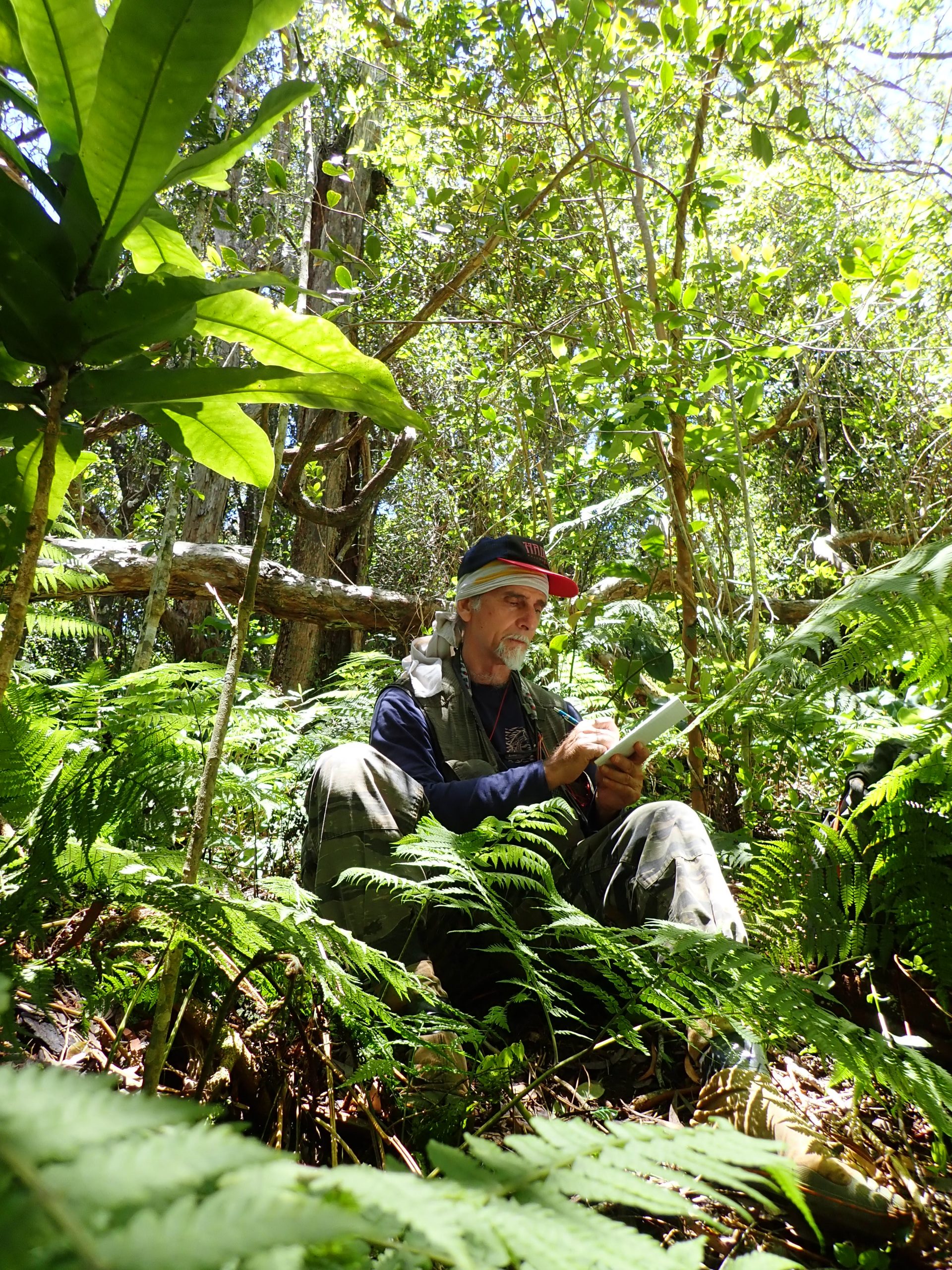
National Tropical Botanical Garden announces completion of Red List assessments of Kauai-only plant species
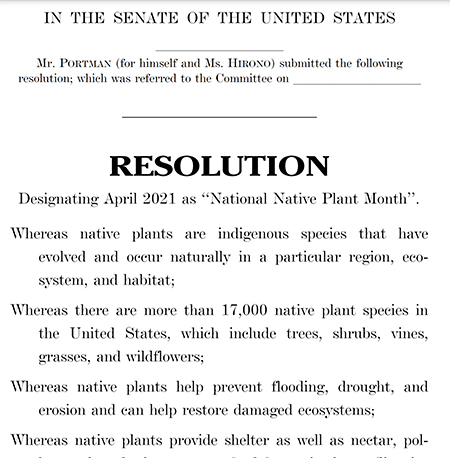
Biopartisan Senate Resolution proposes April as “National Native Plant Month”

Chicago Botanic Garden partnership with Scholastic hosts school-based competition
Chicago Botanic Garden just launched a partnership with Scholastic, and are hosting a school-based competition for grades 3-6 in both English and Spanish. There is a $1000 prize for both schools and individual students, families are also welcome to participation.
English: www.scholastic.com/budburst/index.html
Spanish: budburst.org/trackers-de-plantas

Budburst mobile app available in both the Apple and Android app stores
We are very happy to announce that the Budburst mobile app (a project of the Chicago Botanic Garden) is now available in both the Apple and Android app stores. It’s free! Super easy phenology and pollinator data recording in your pocket. The app features species recognition tech powered by iNaturalist, private and public group functionality, and more. We hope you find it useful and fun!
Donate to CPC
Thank you for helping us save plant species facing extinction by making your gift to CPC through our secure donation portal!
Donate Today